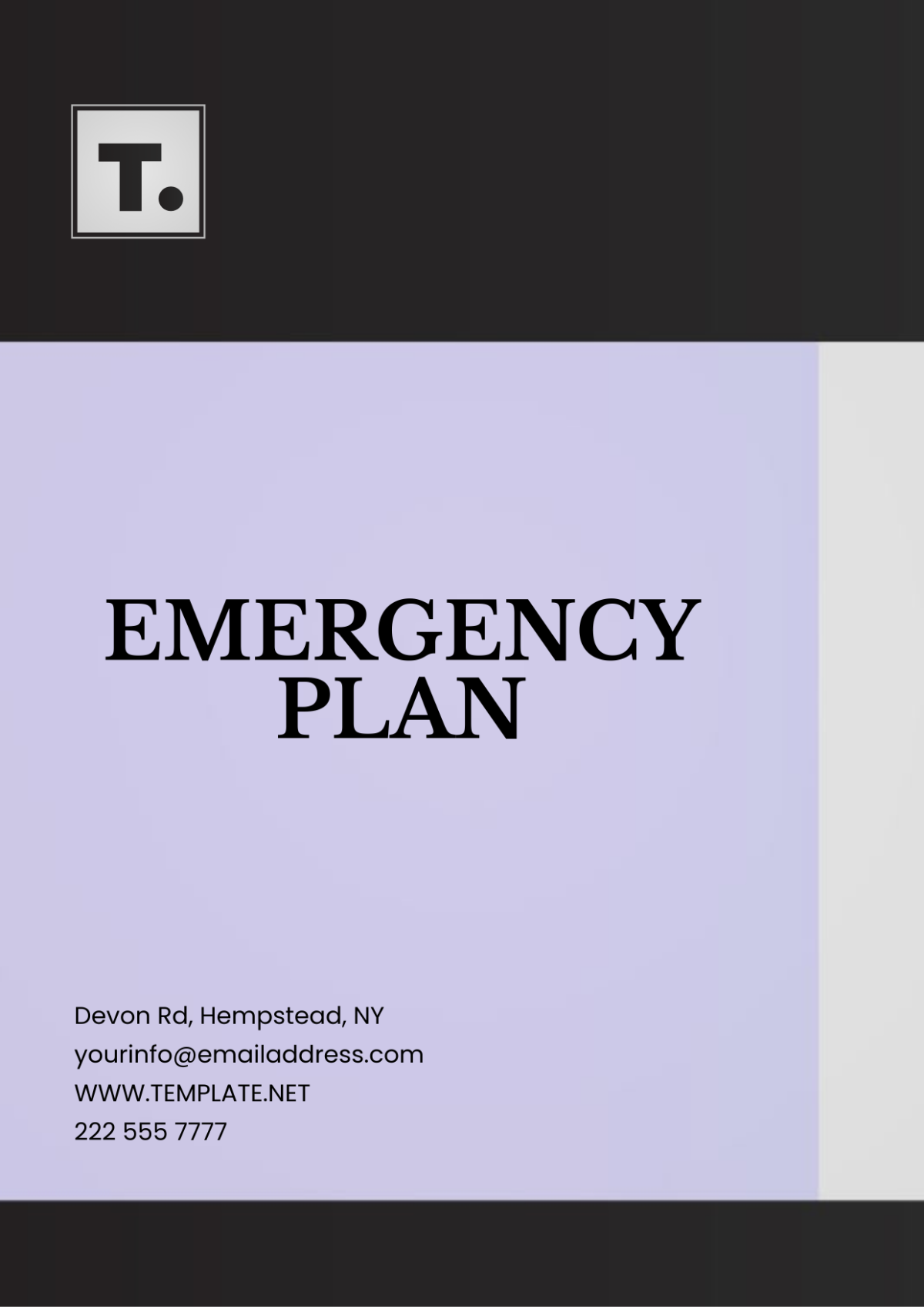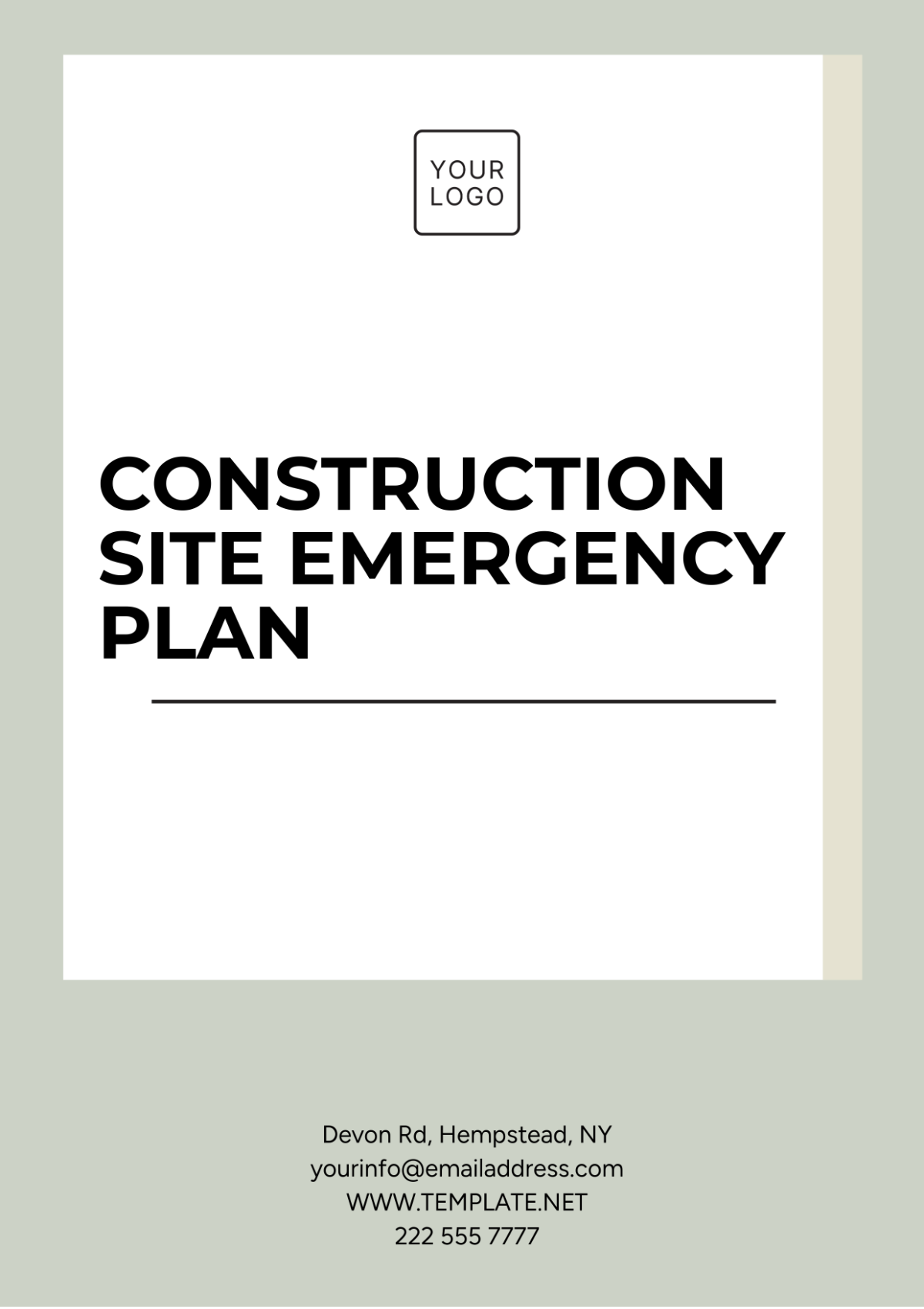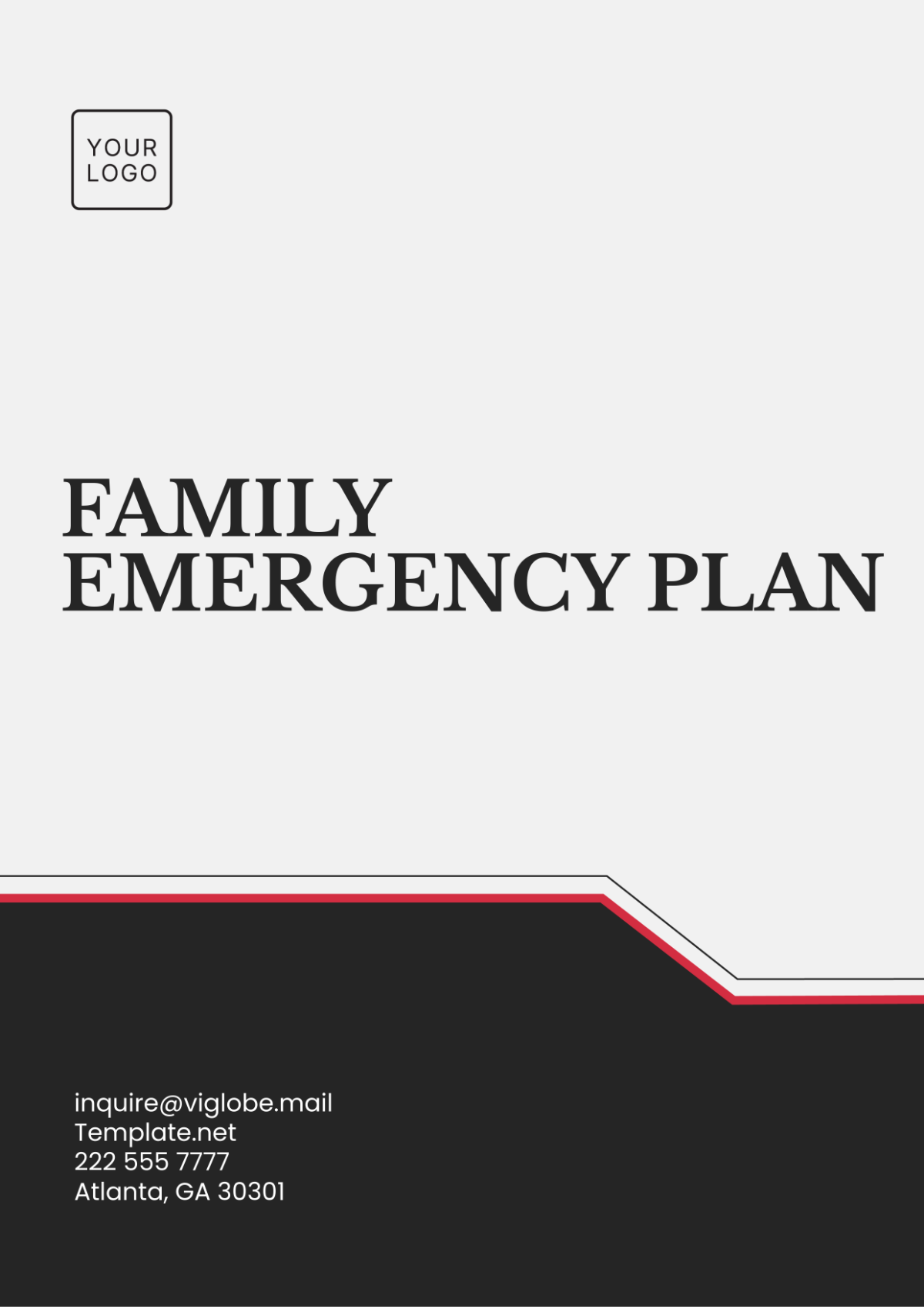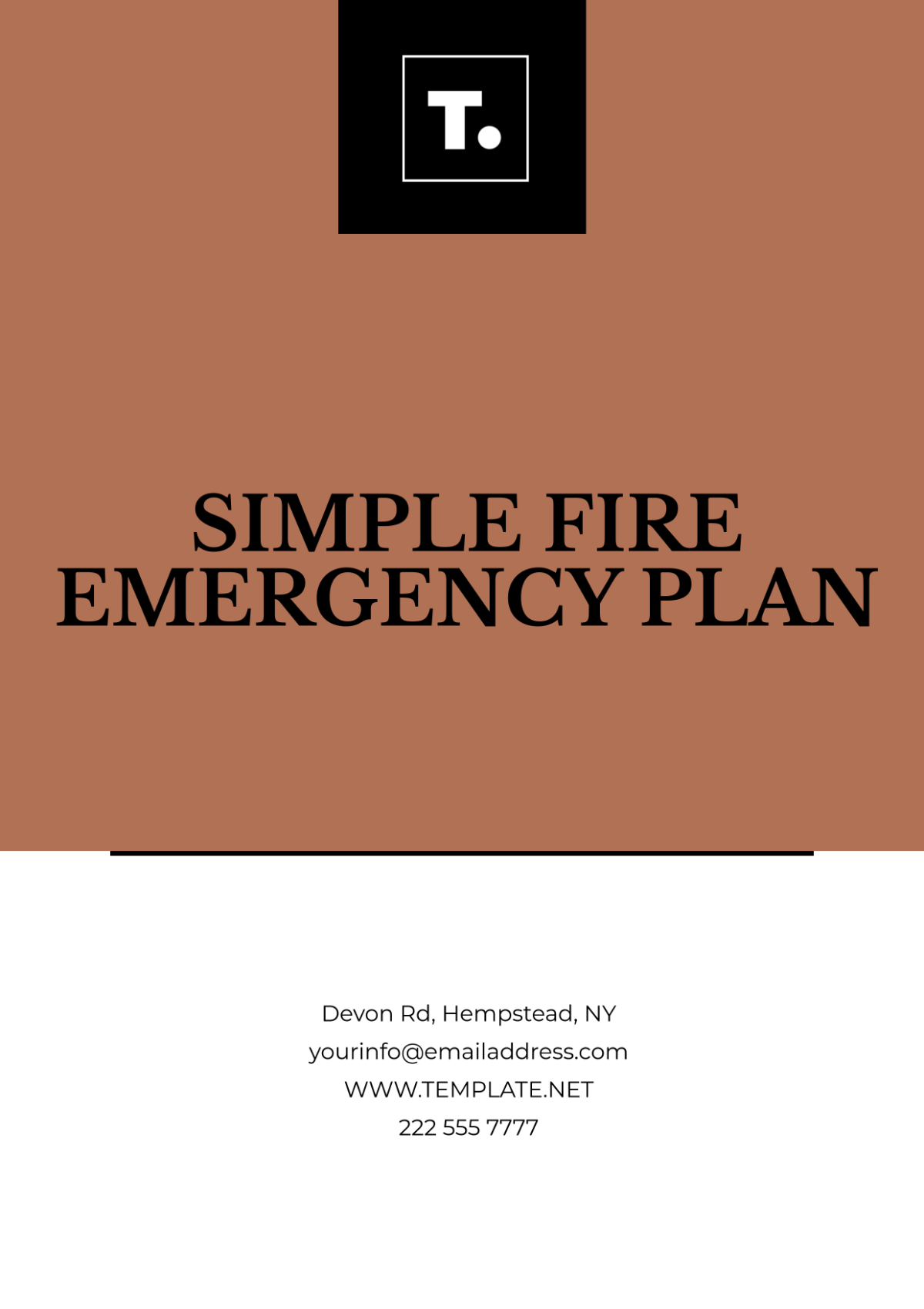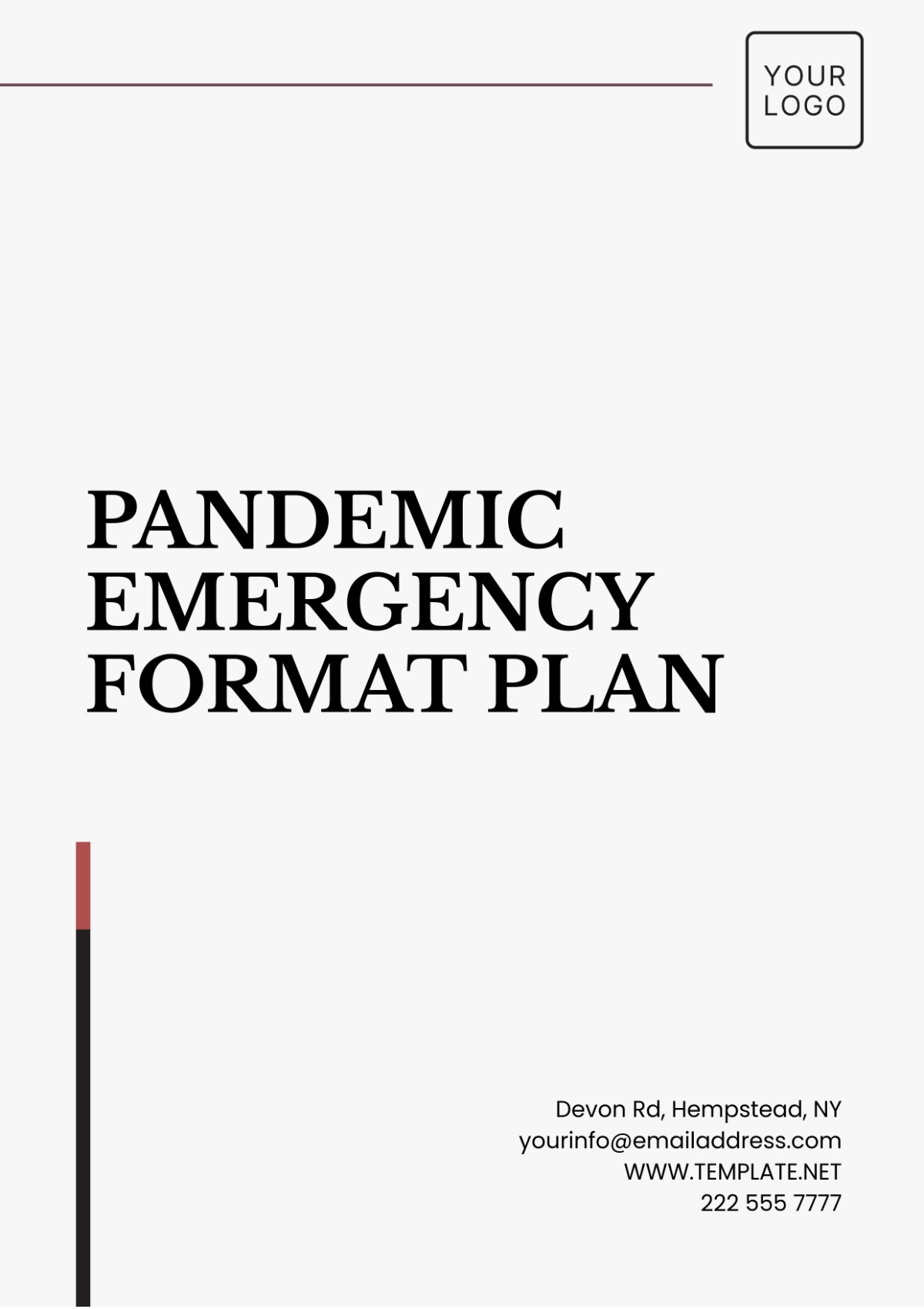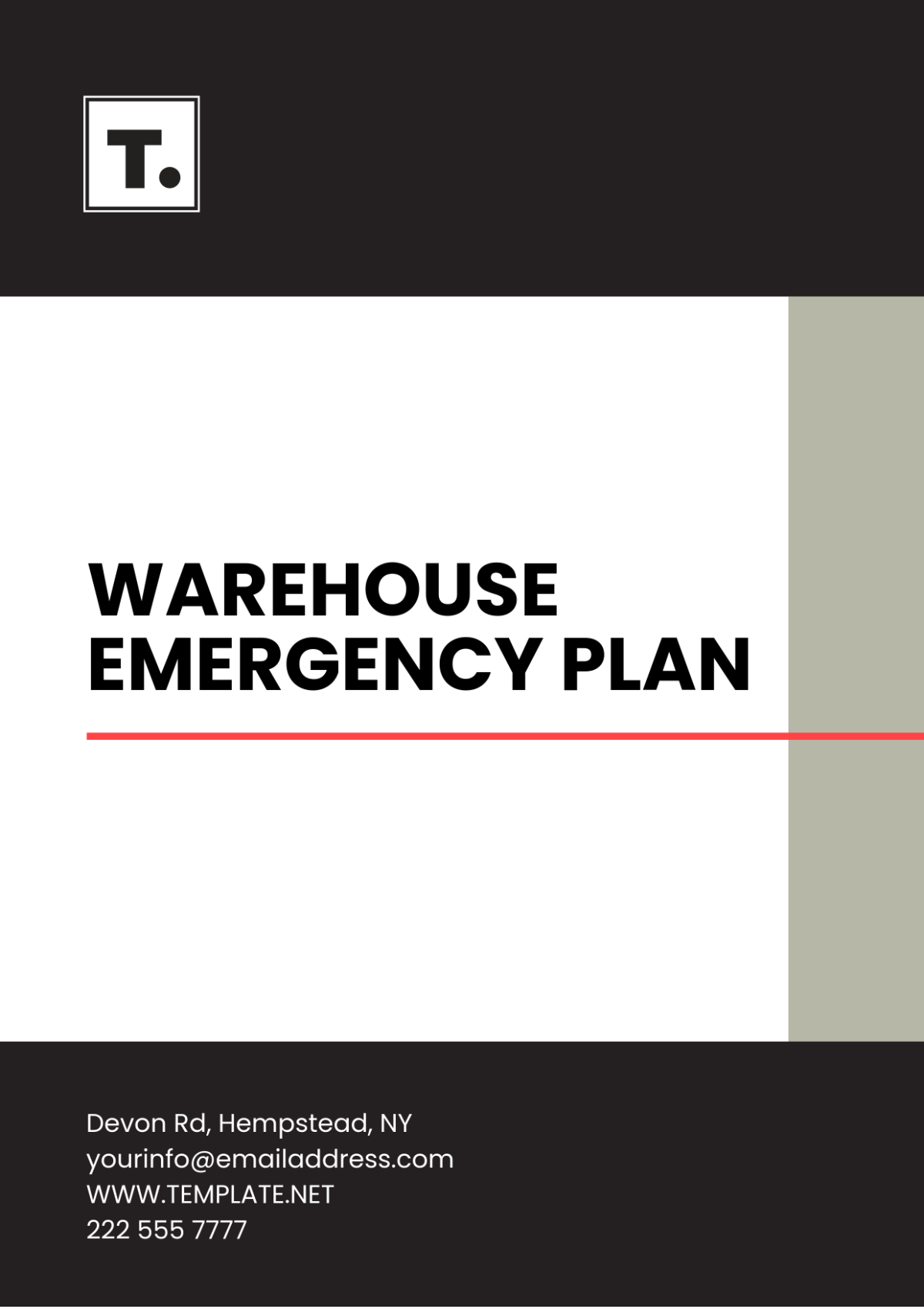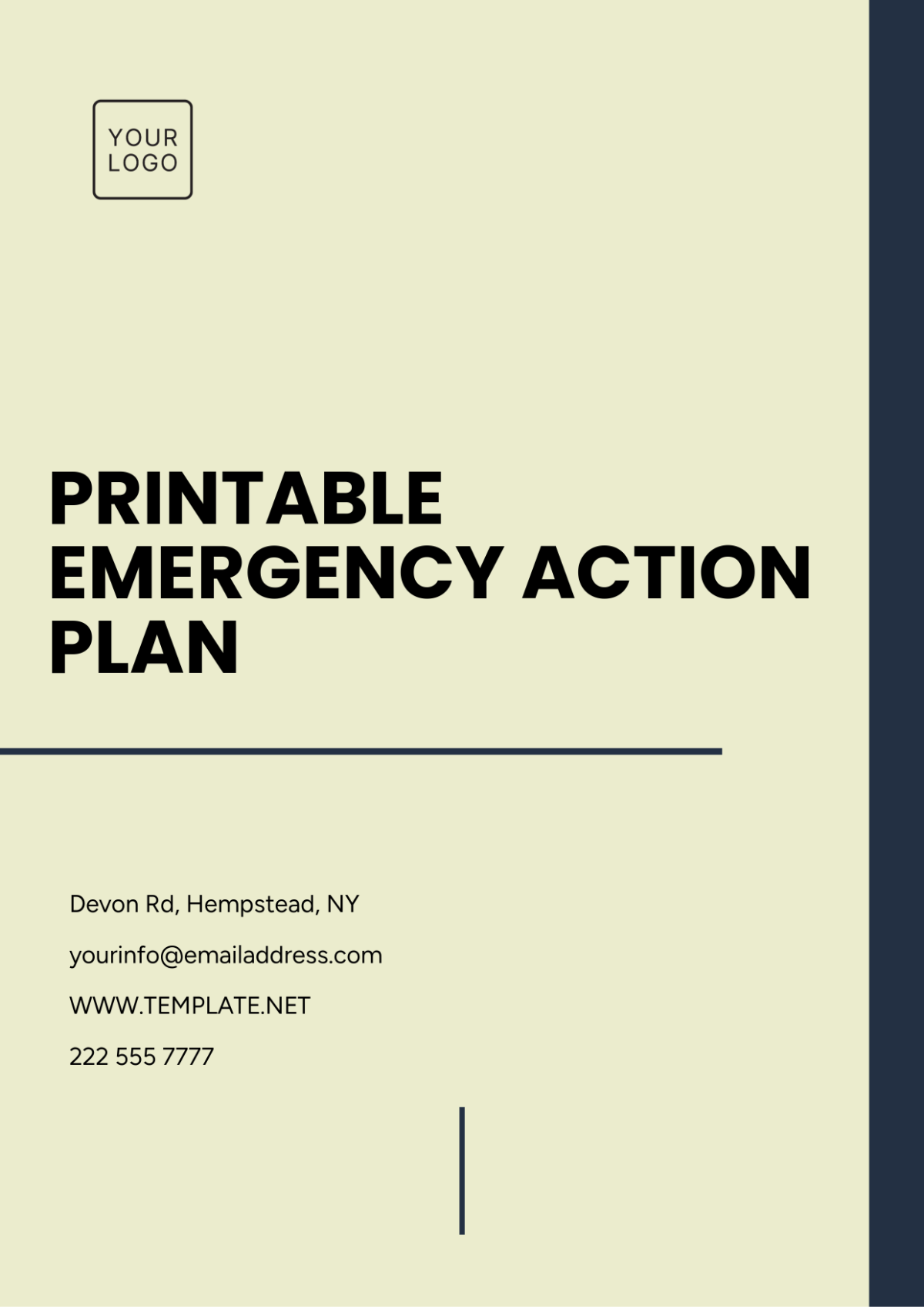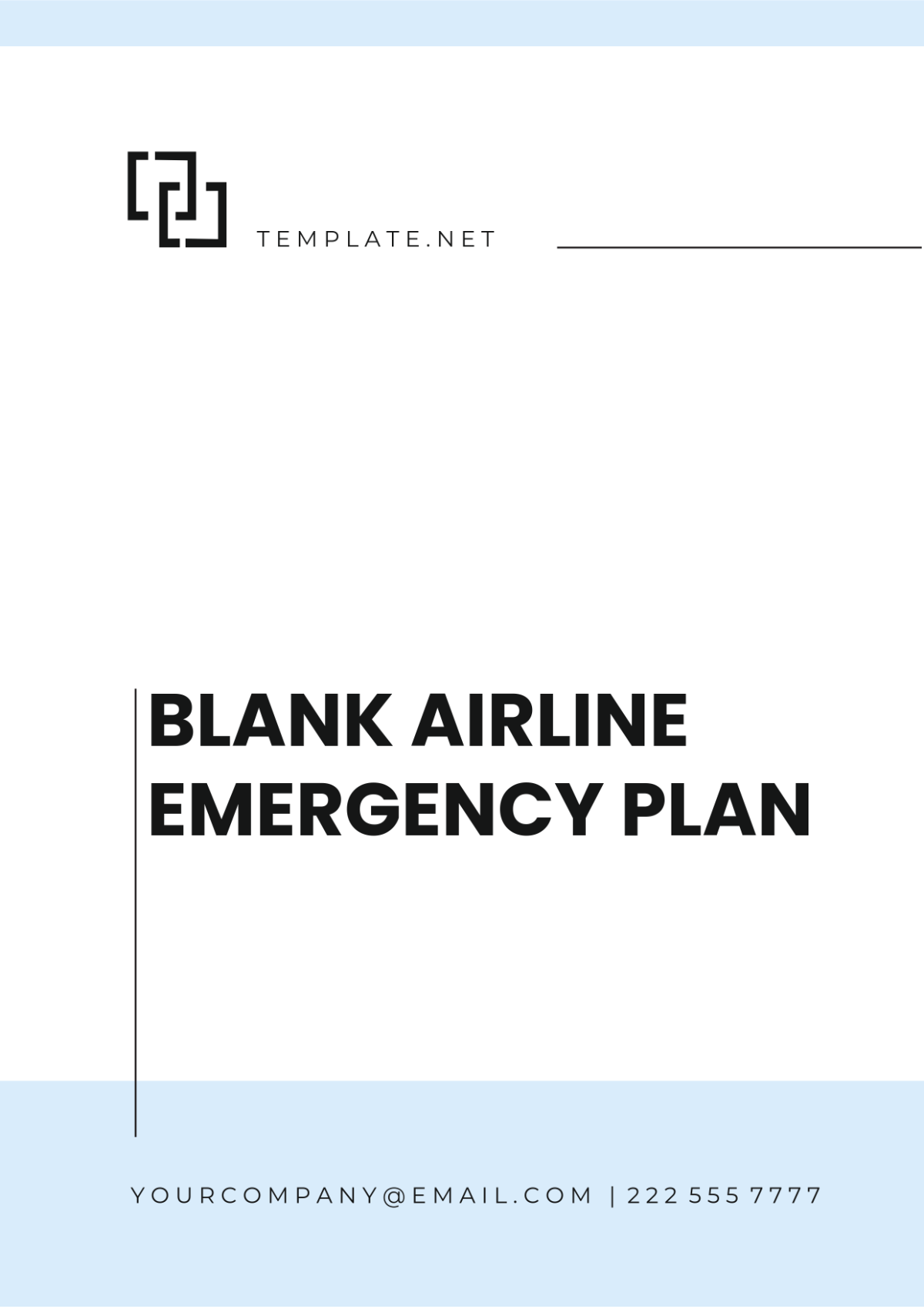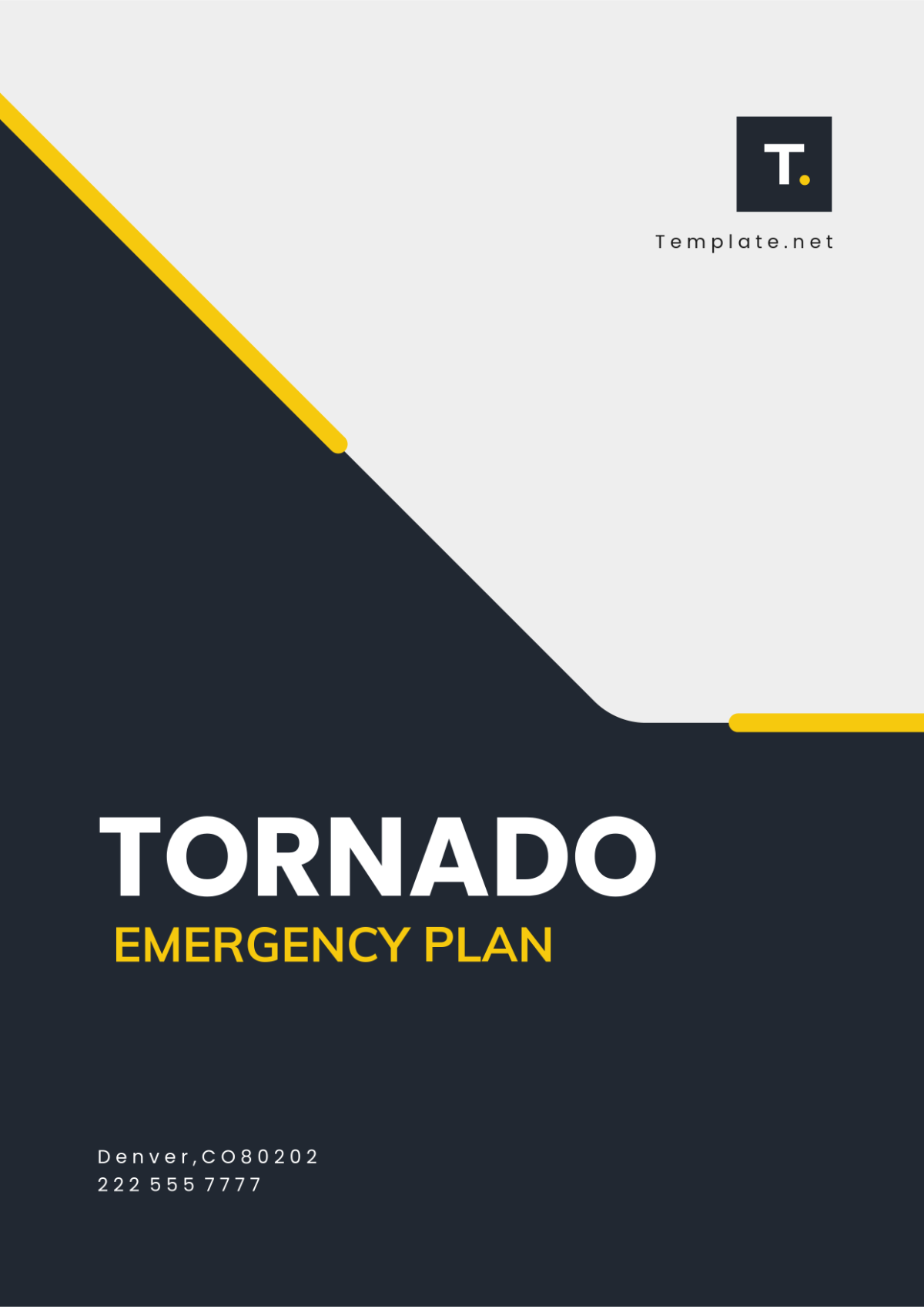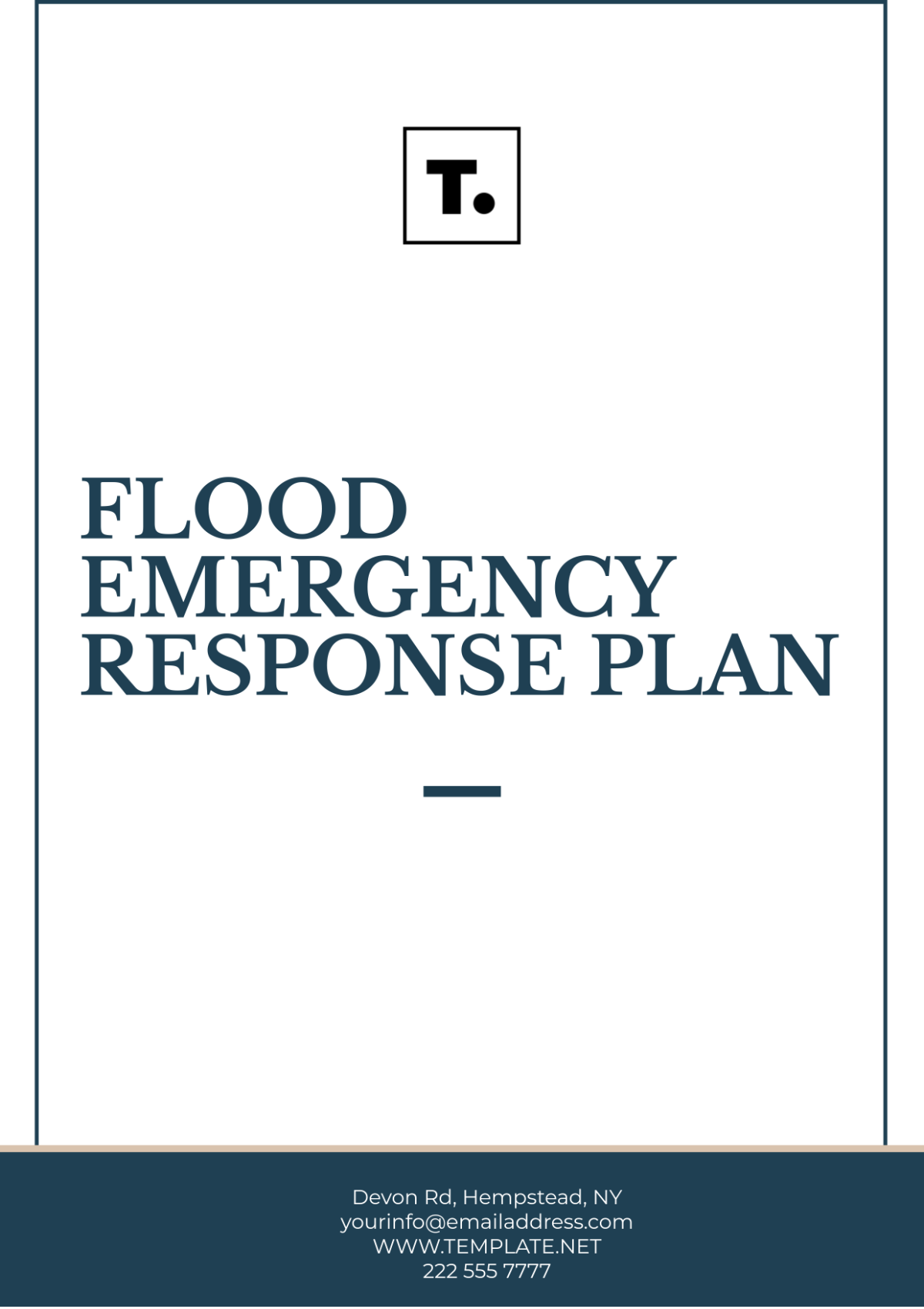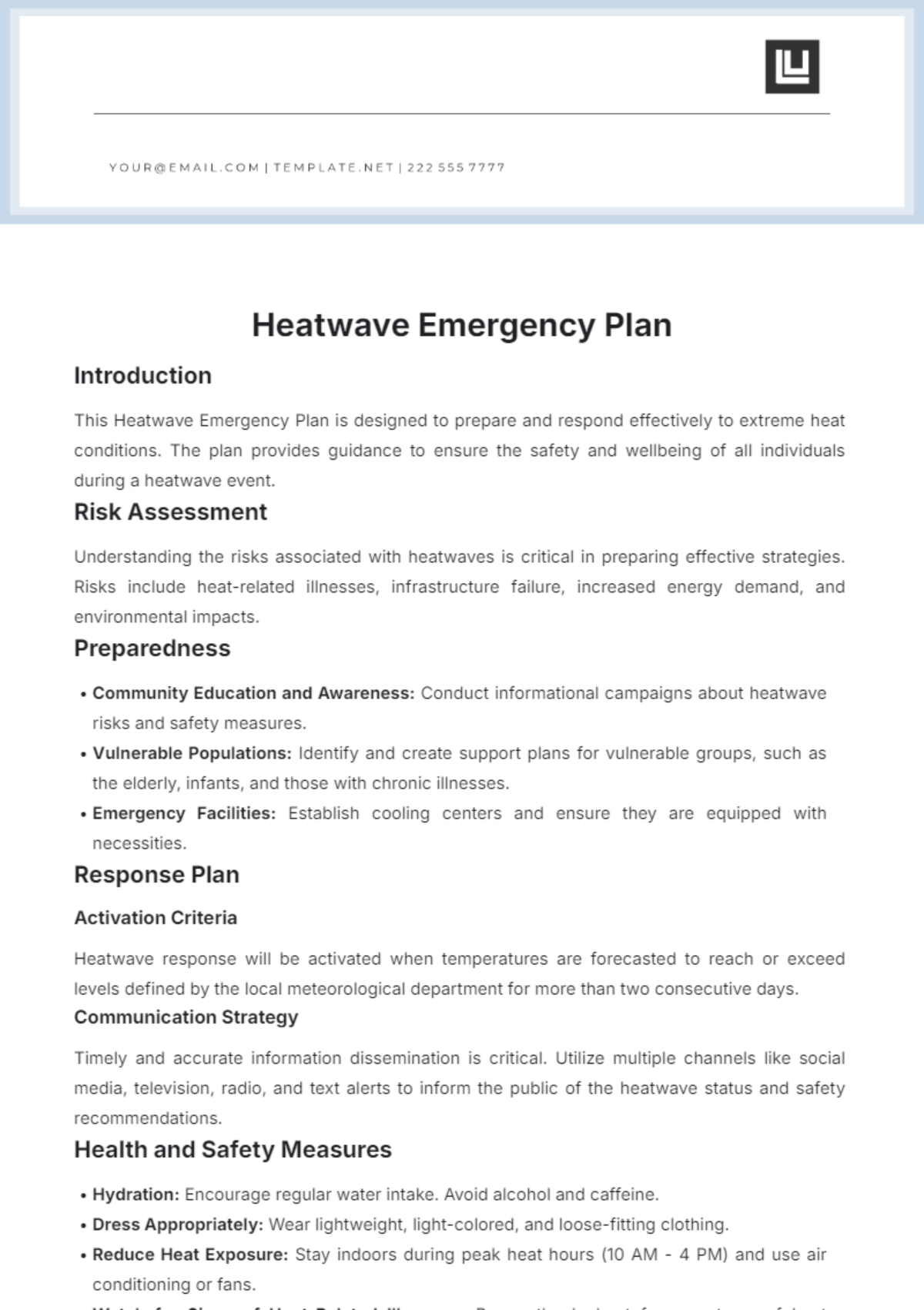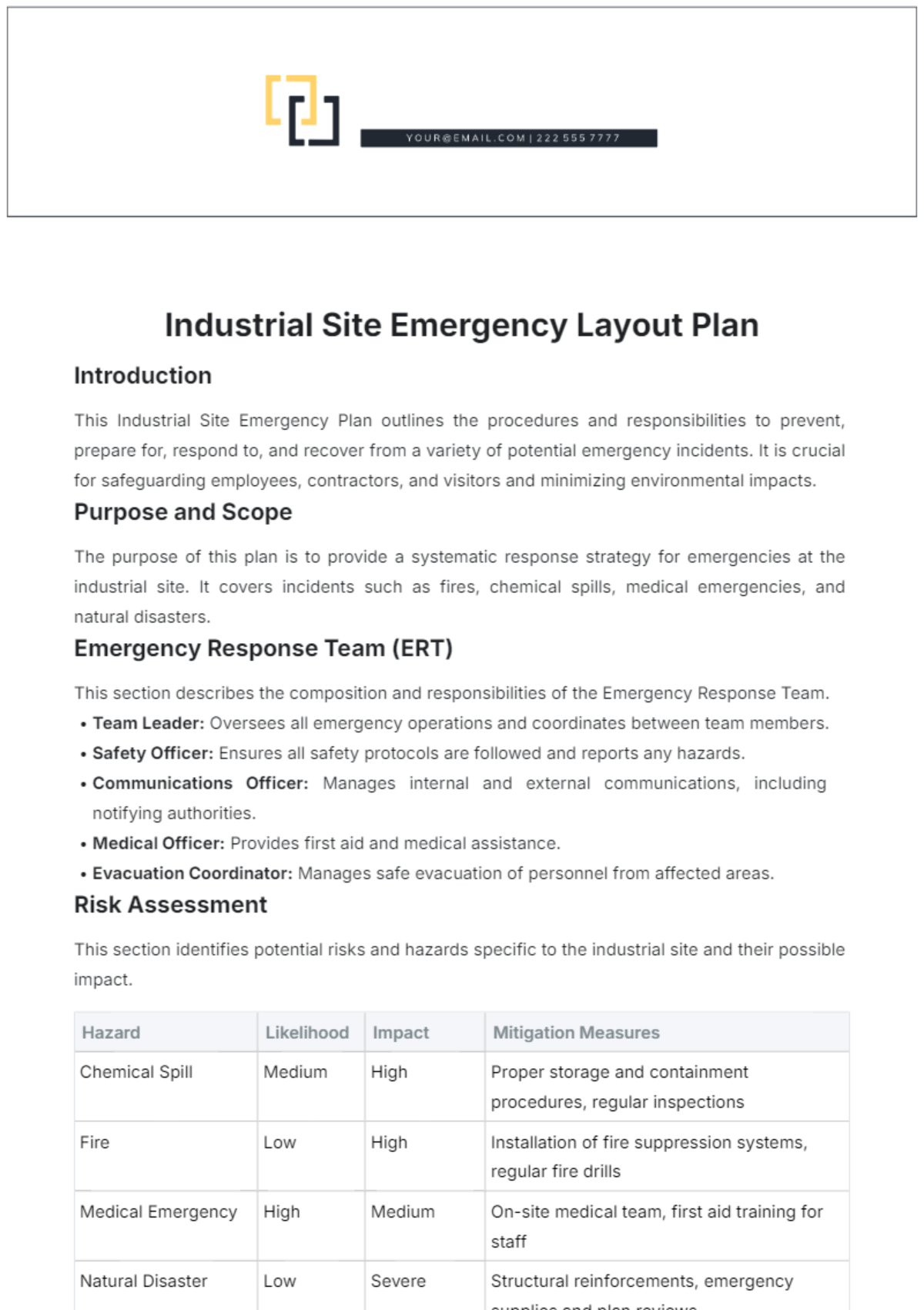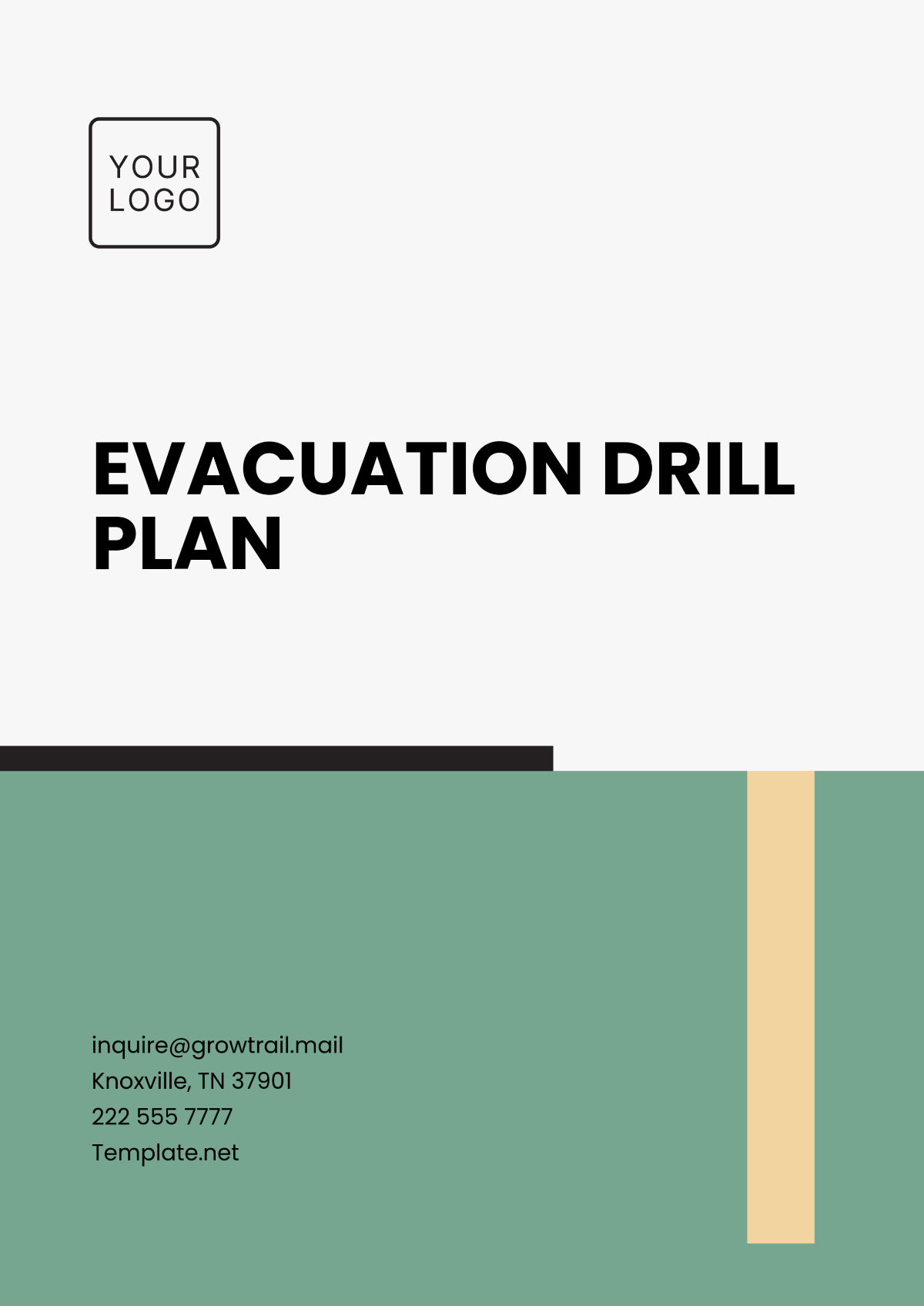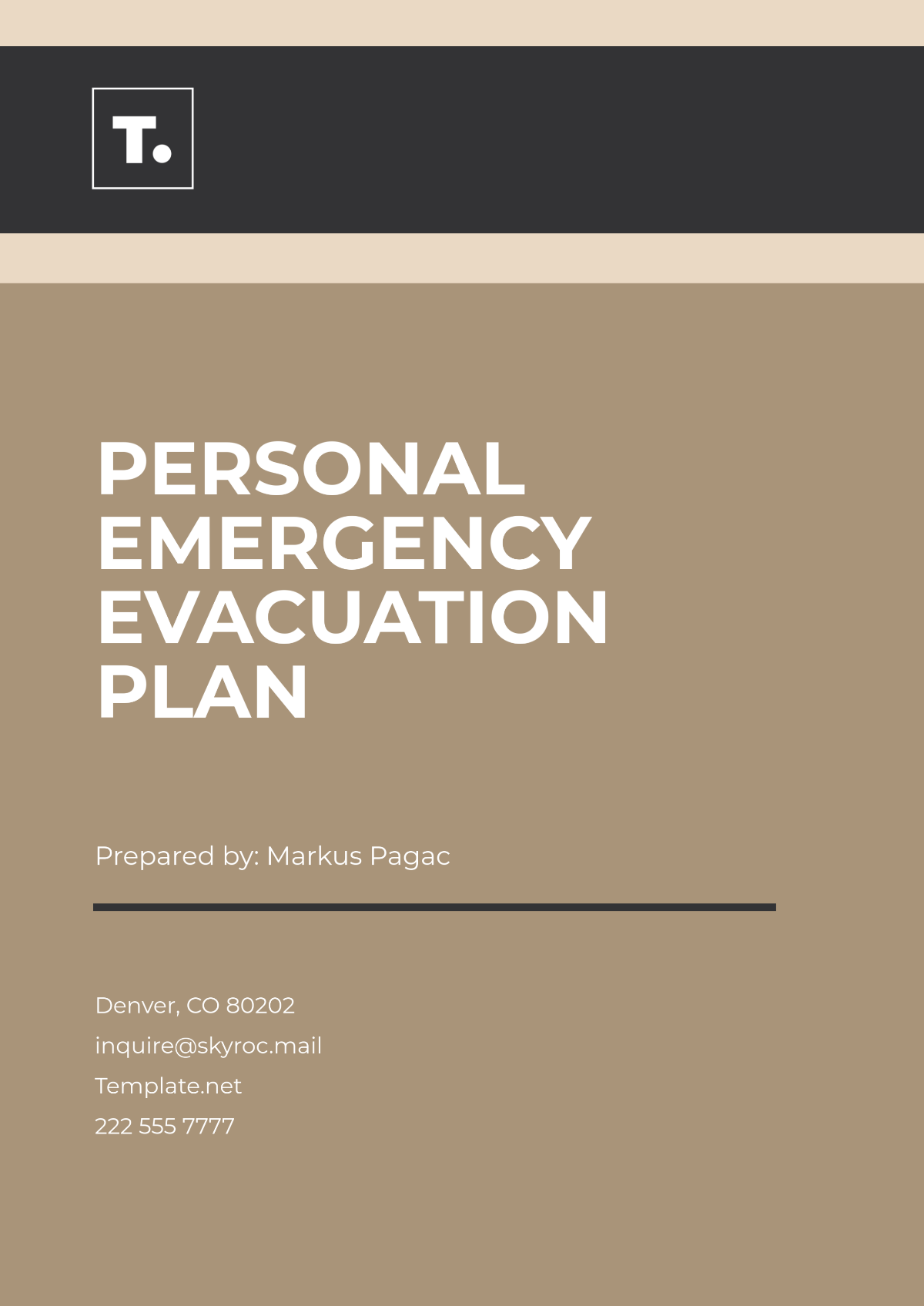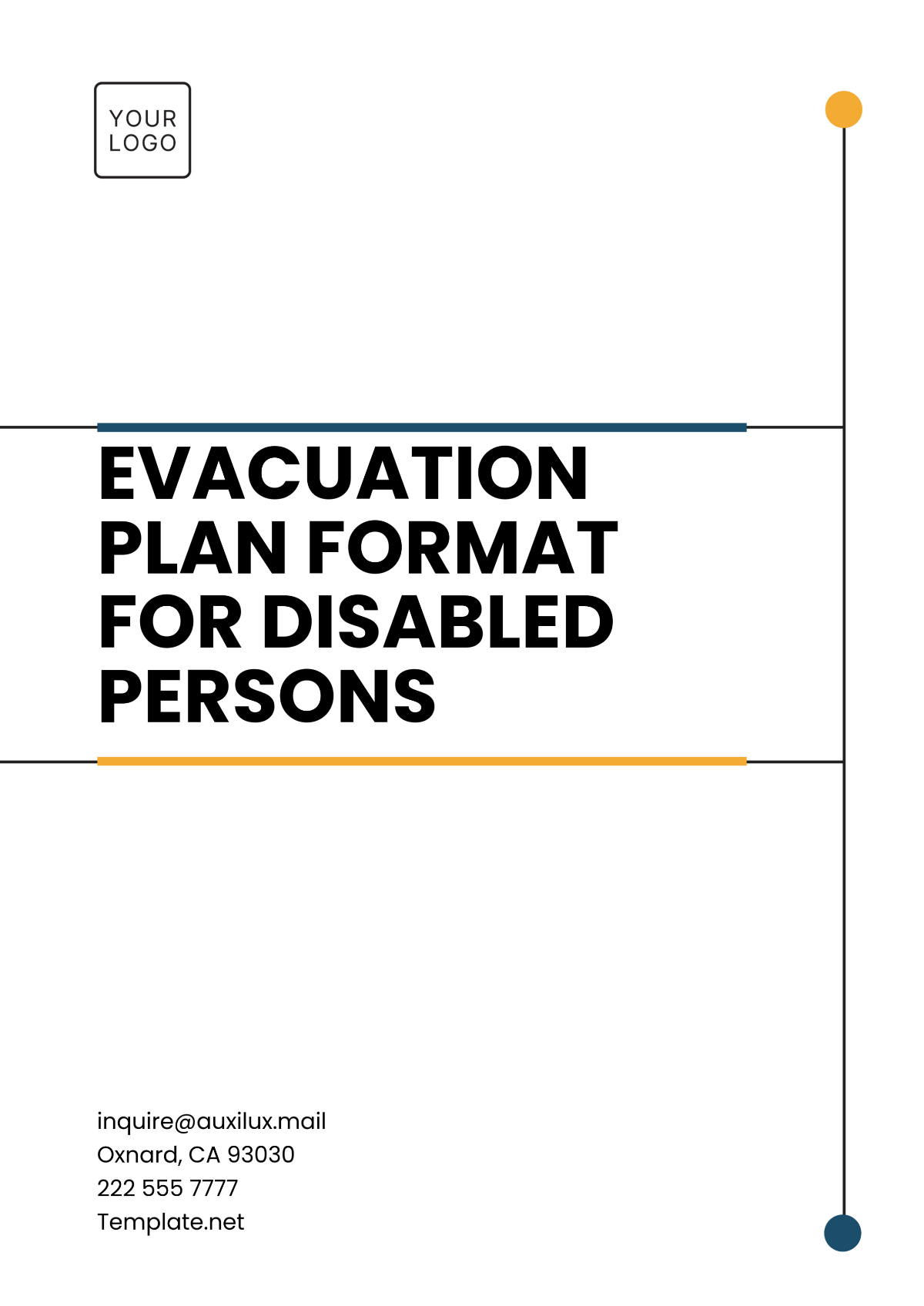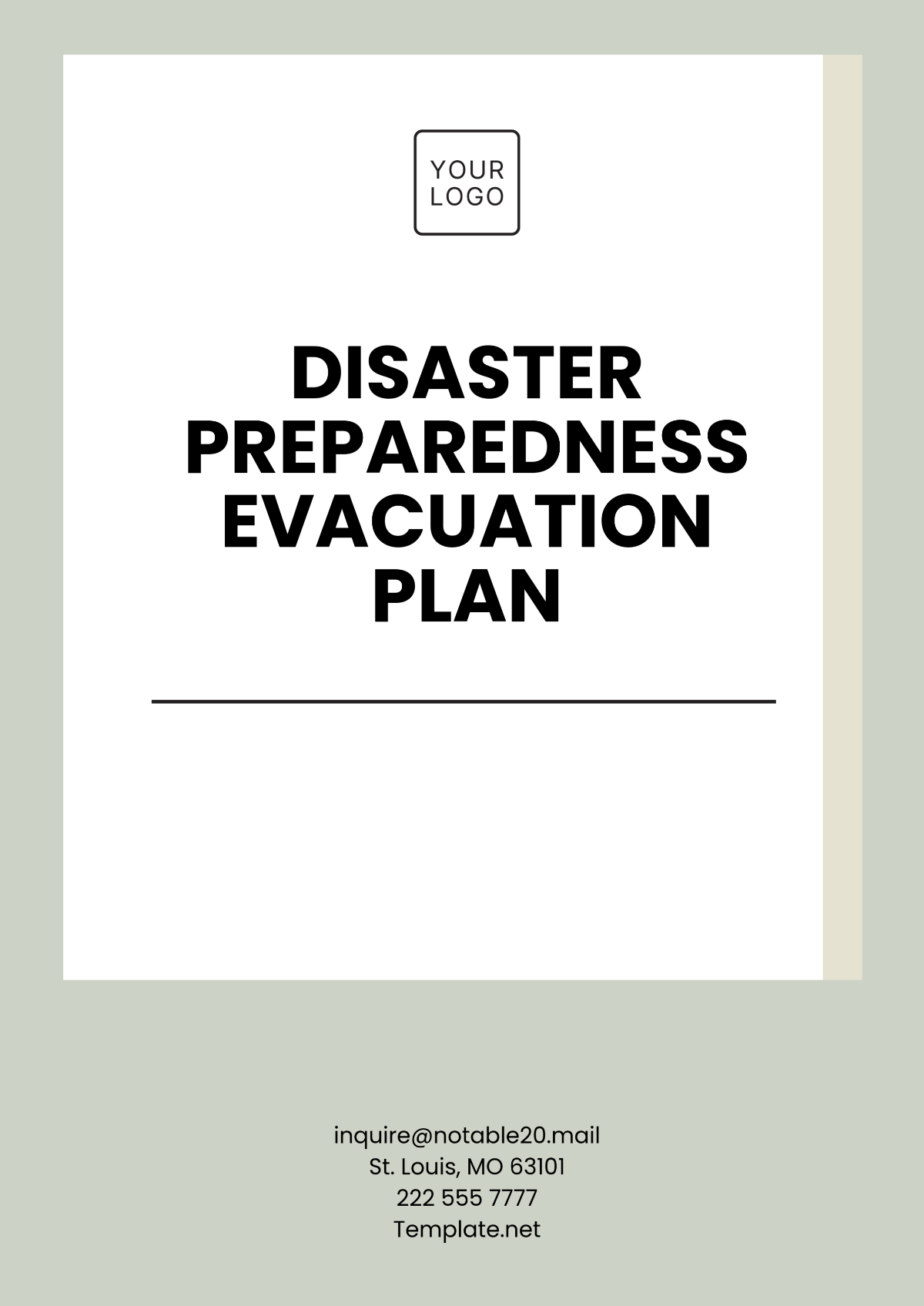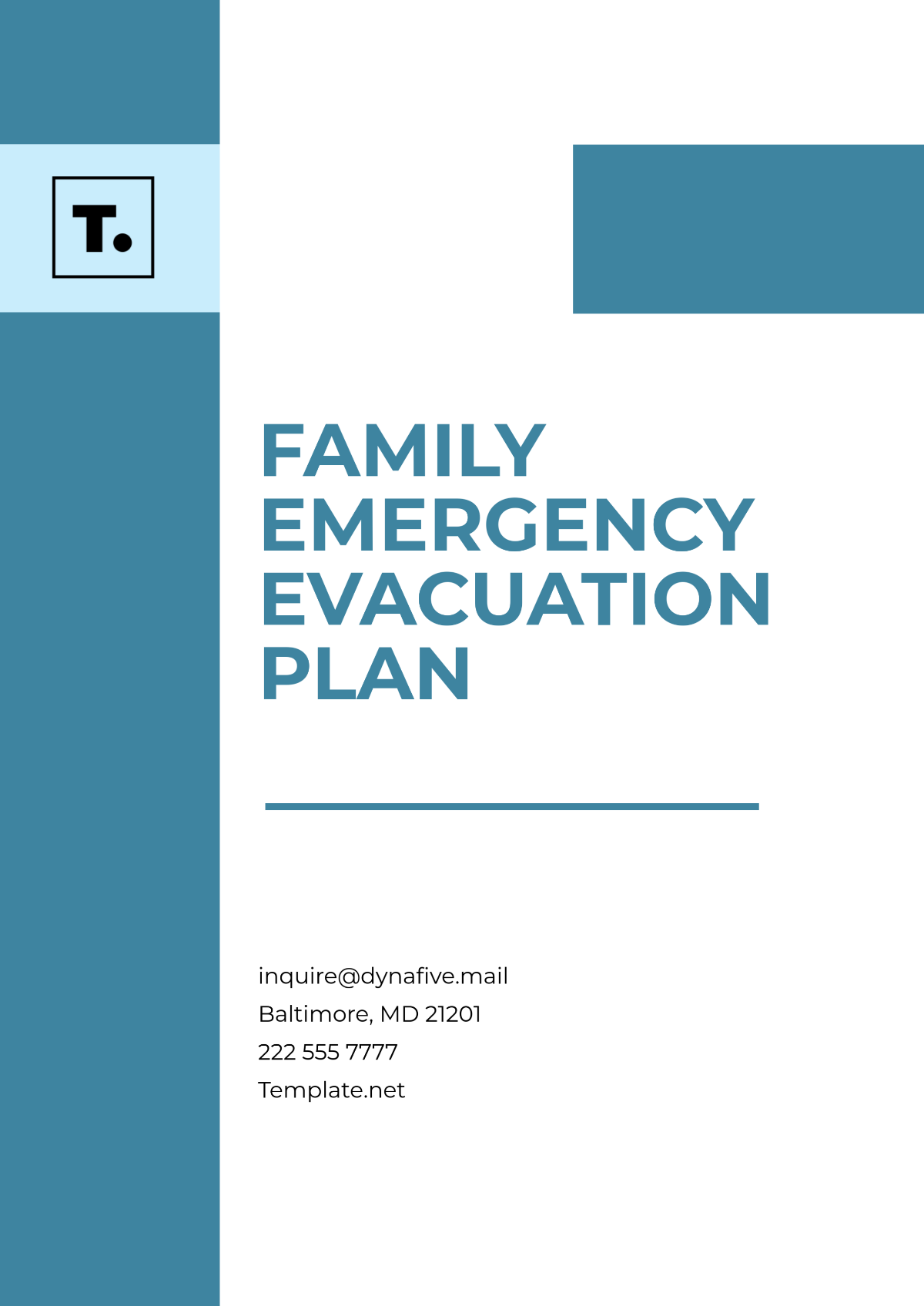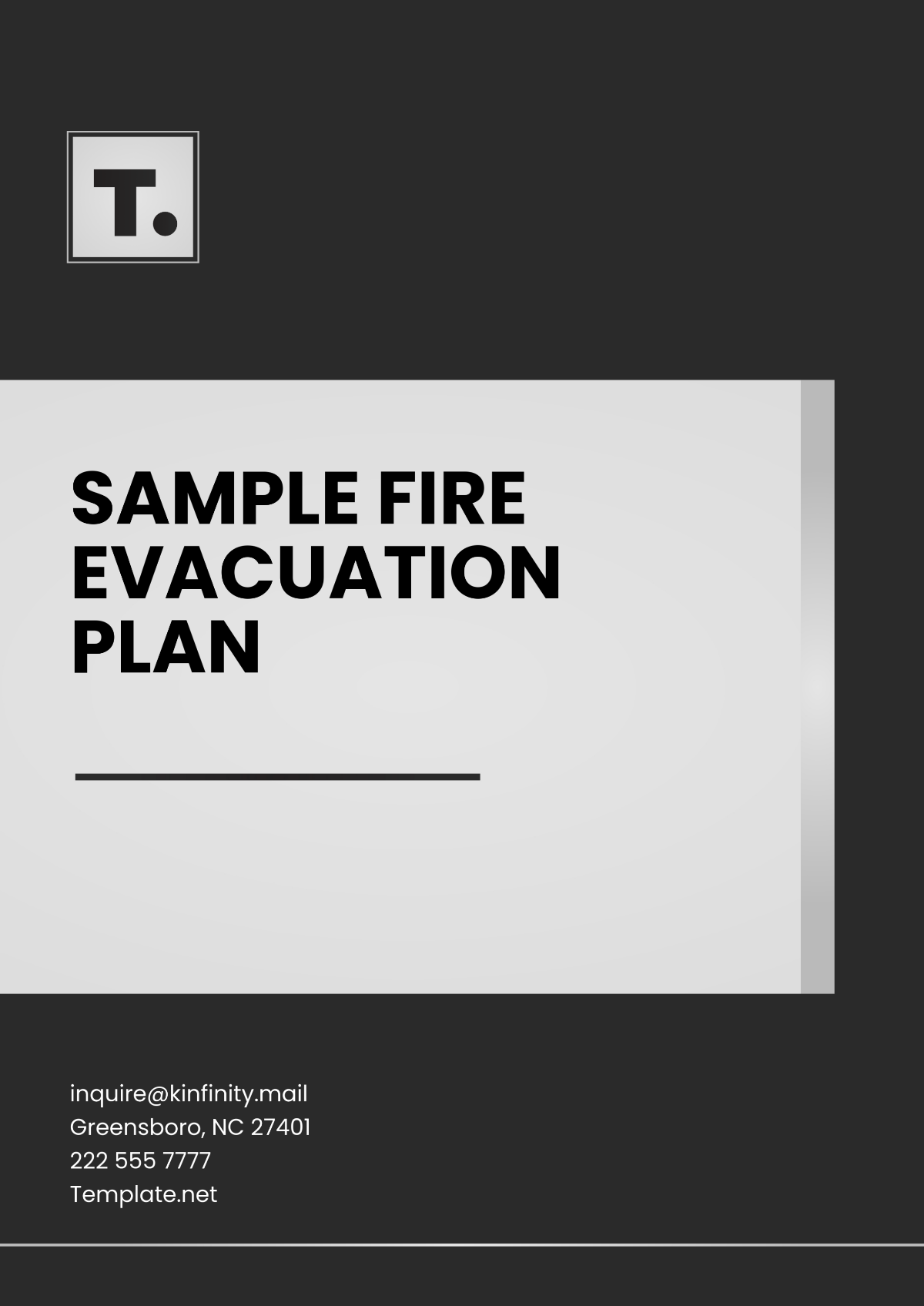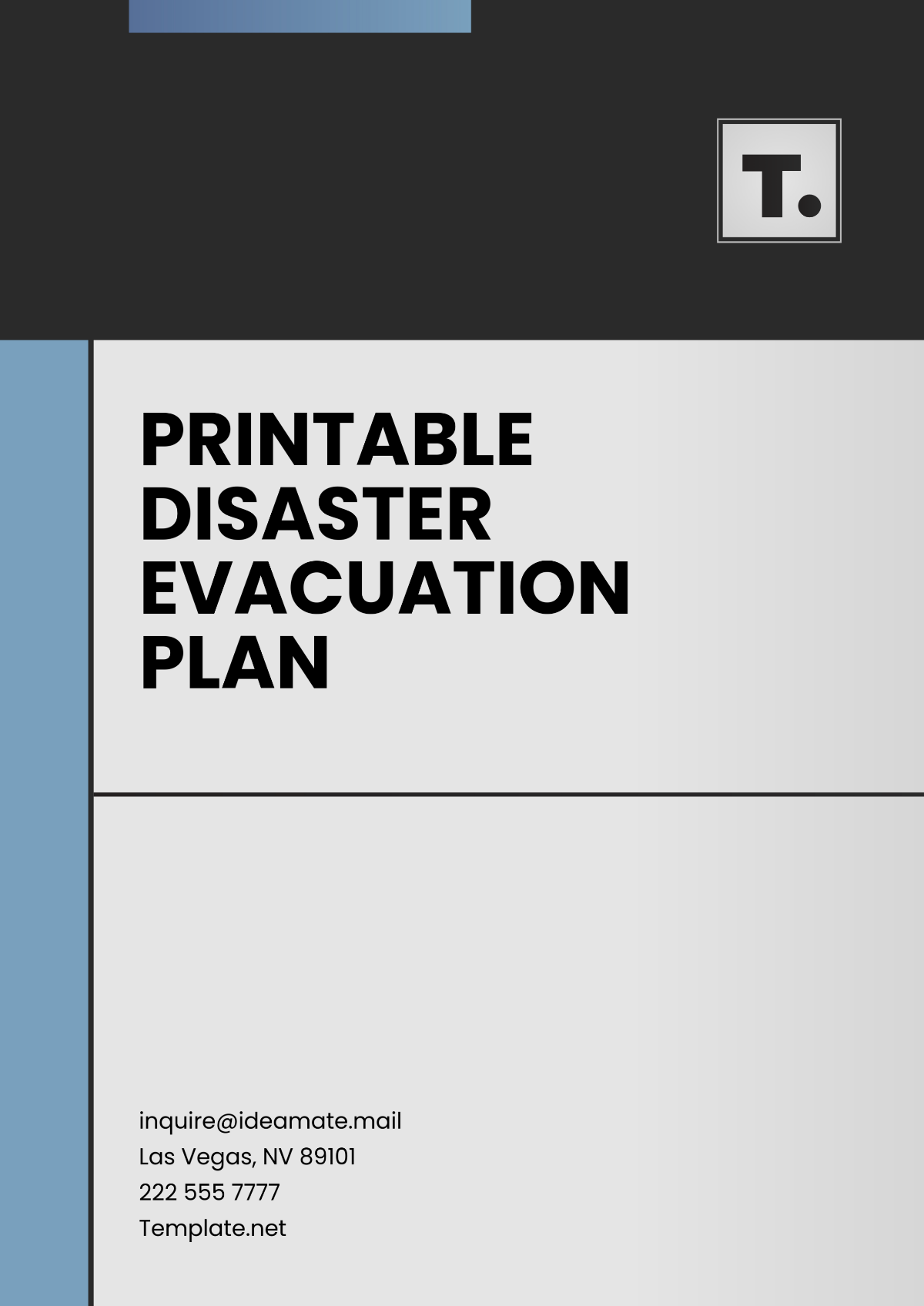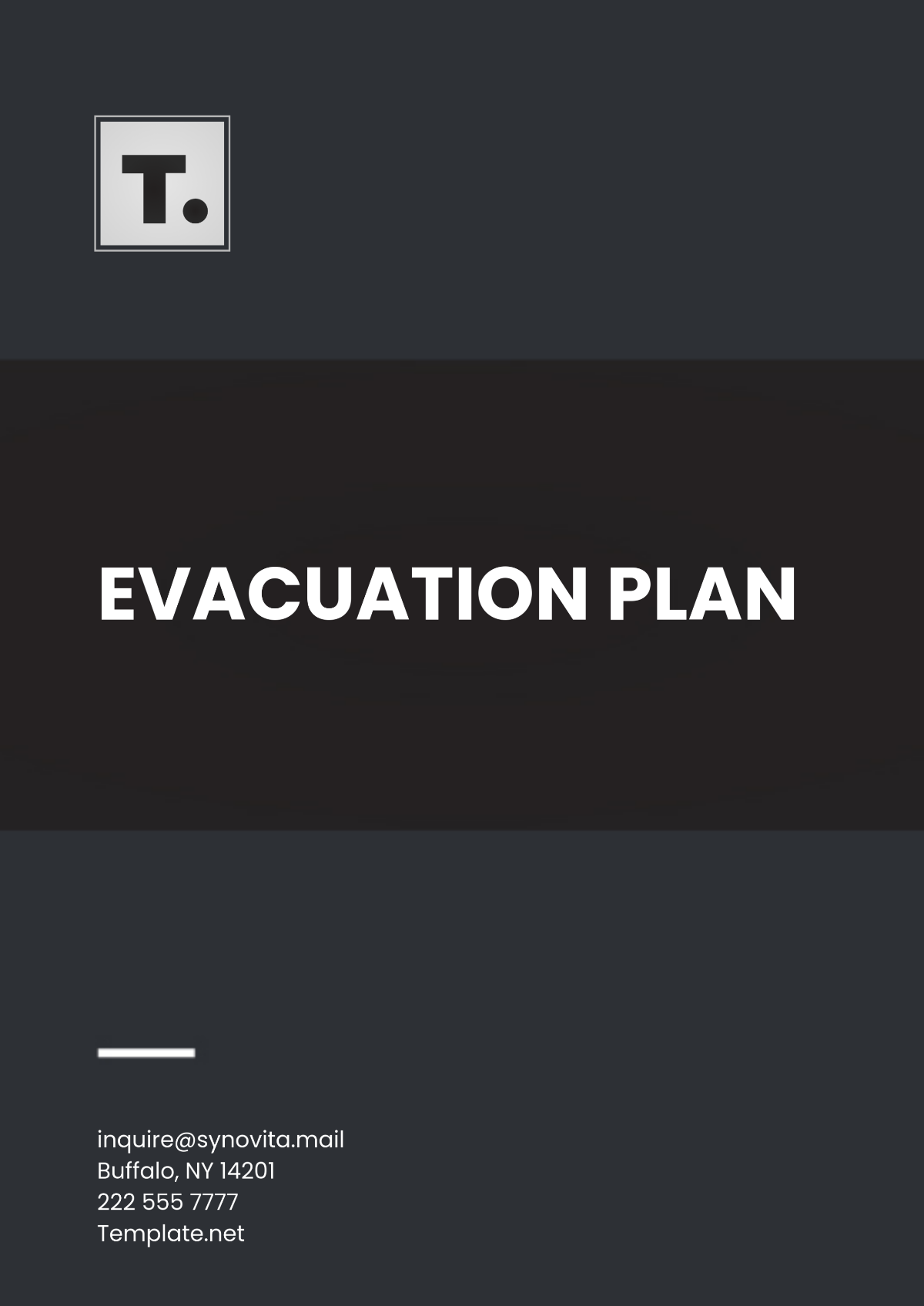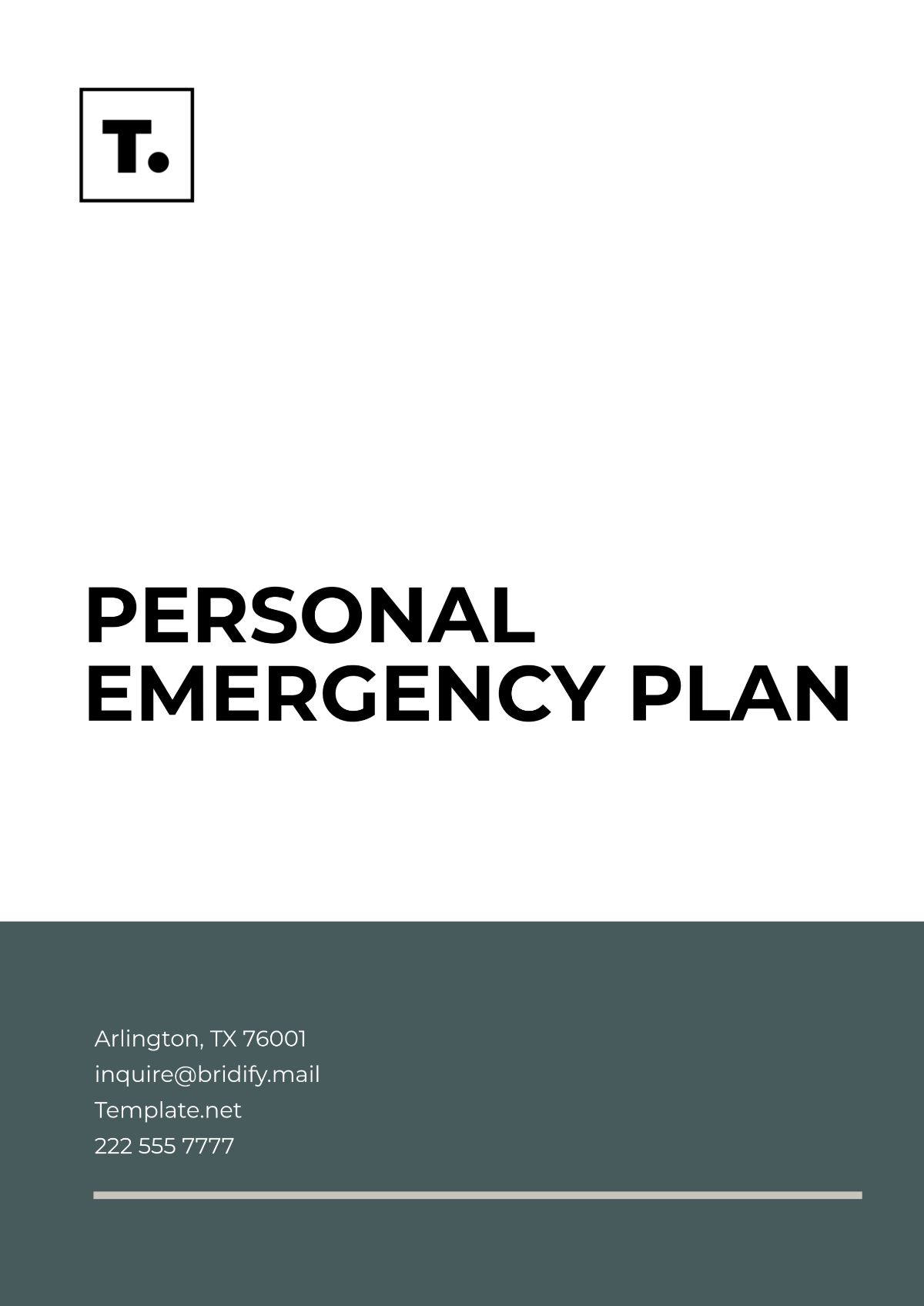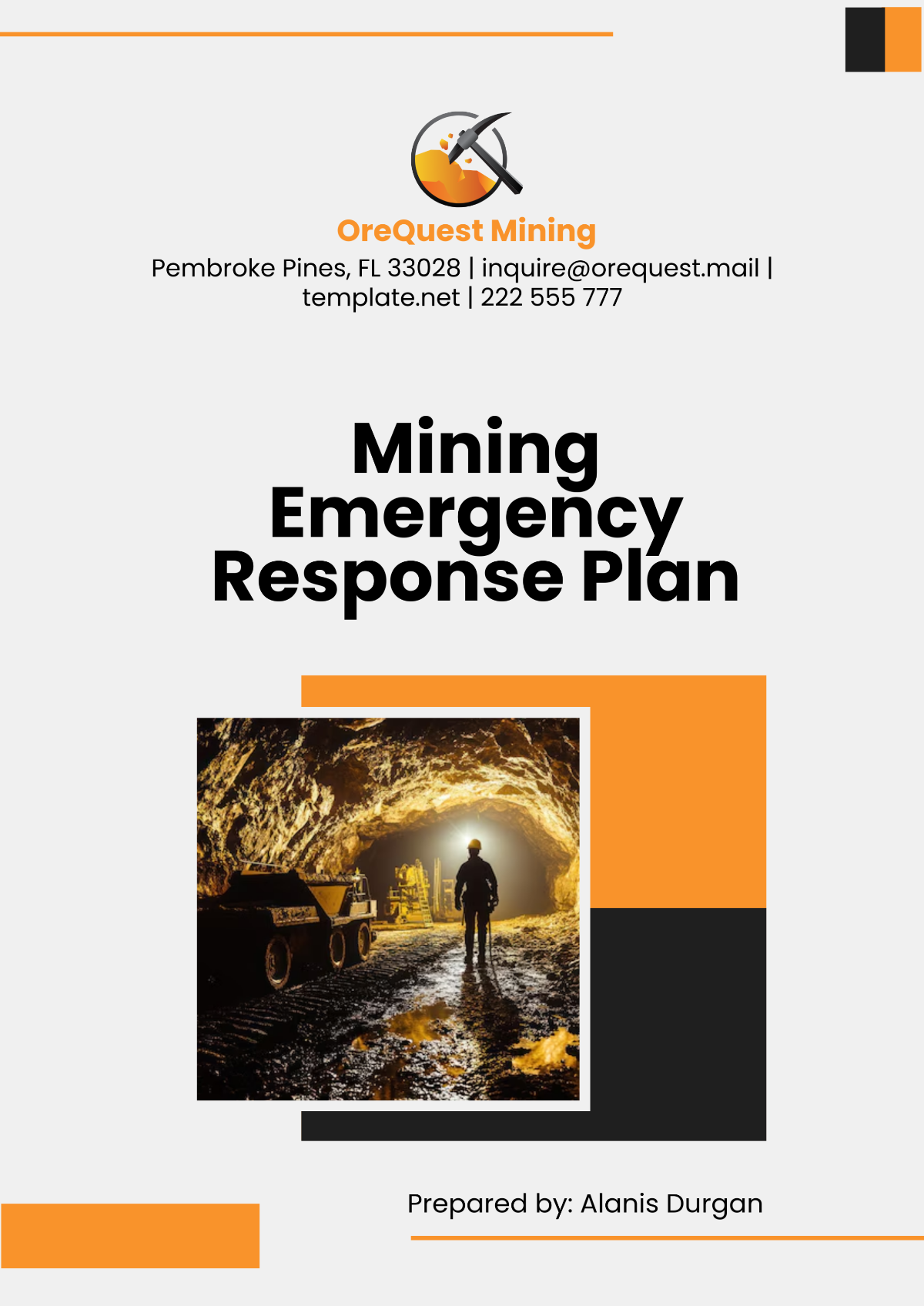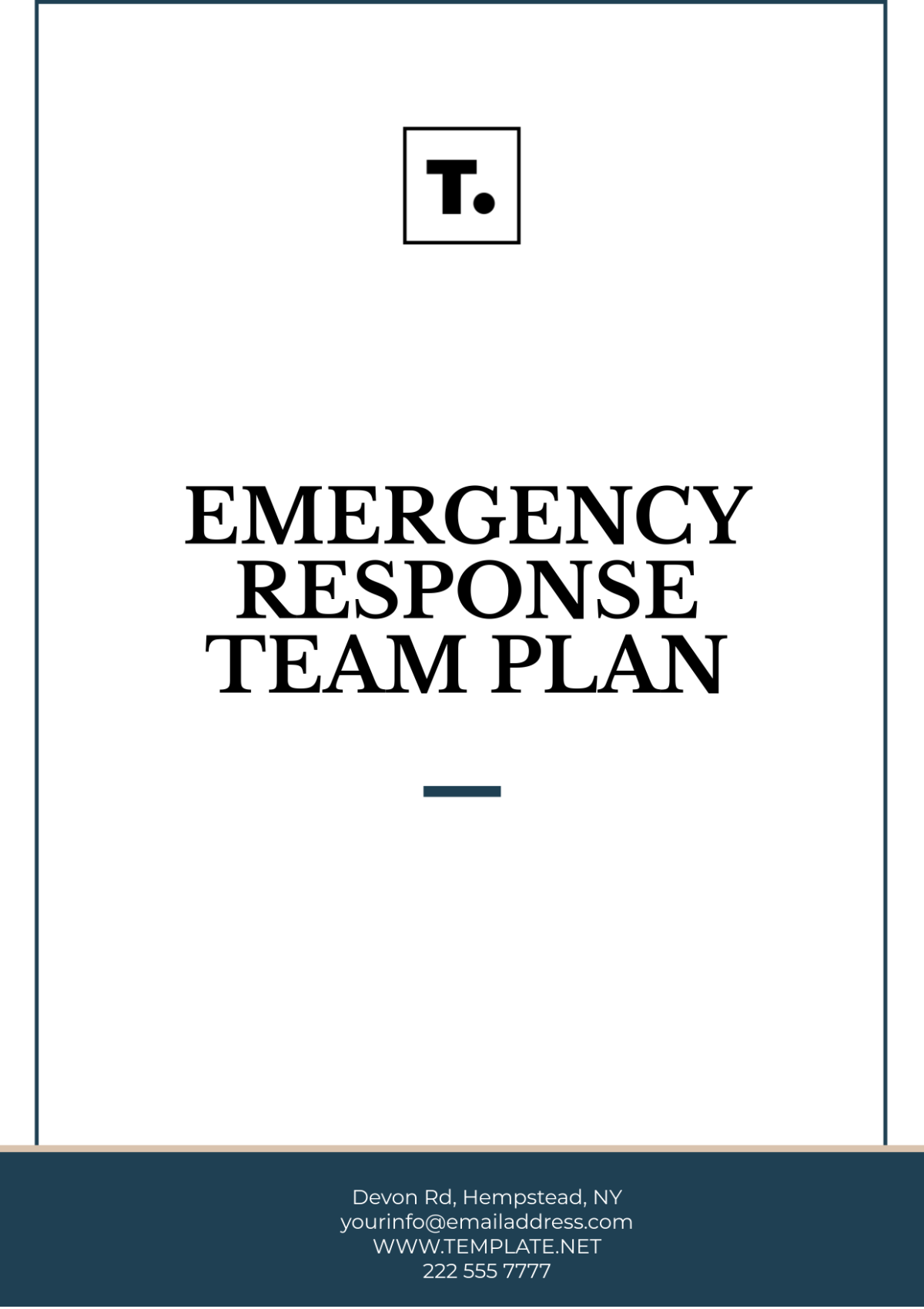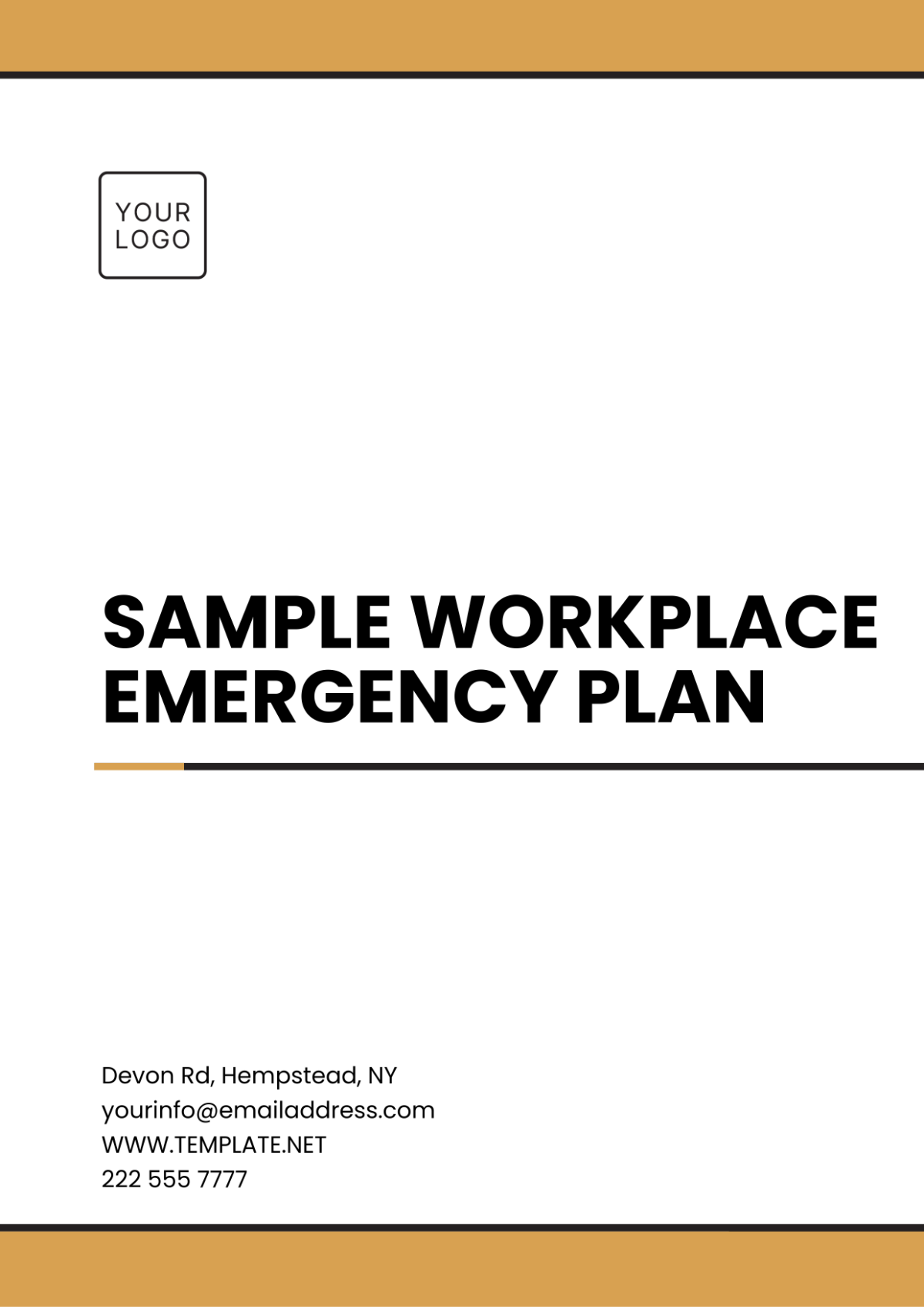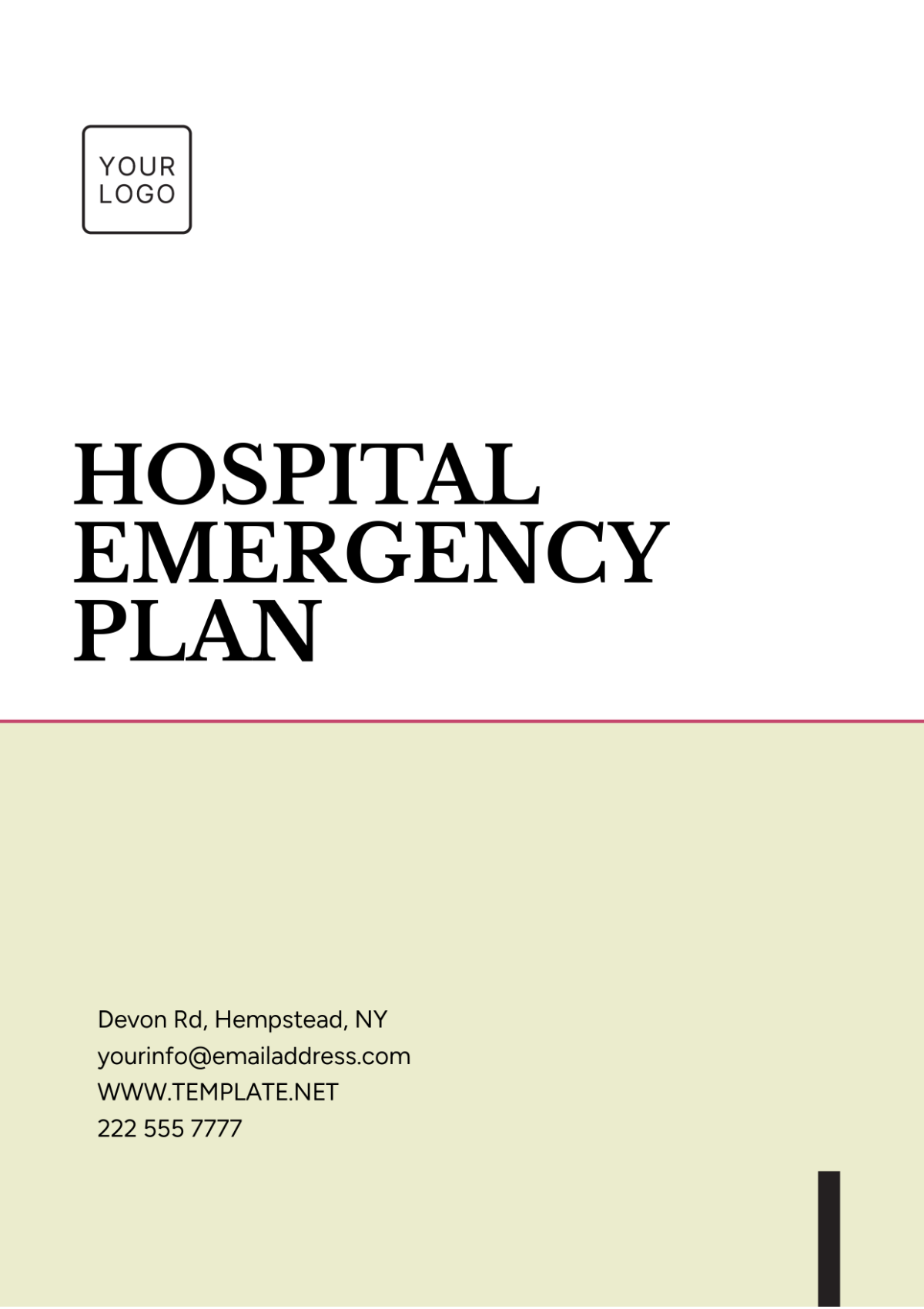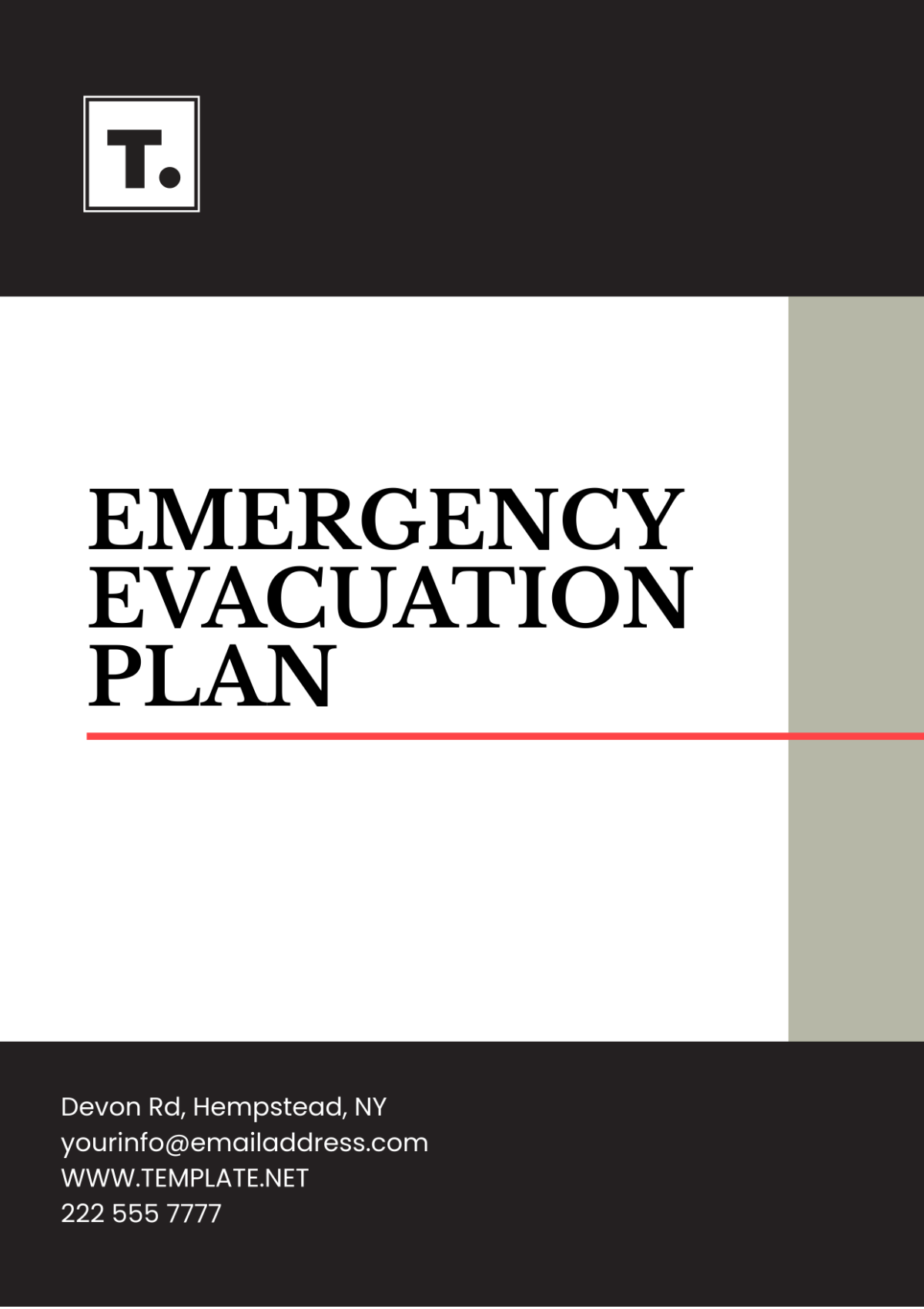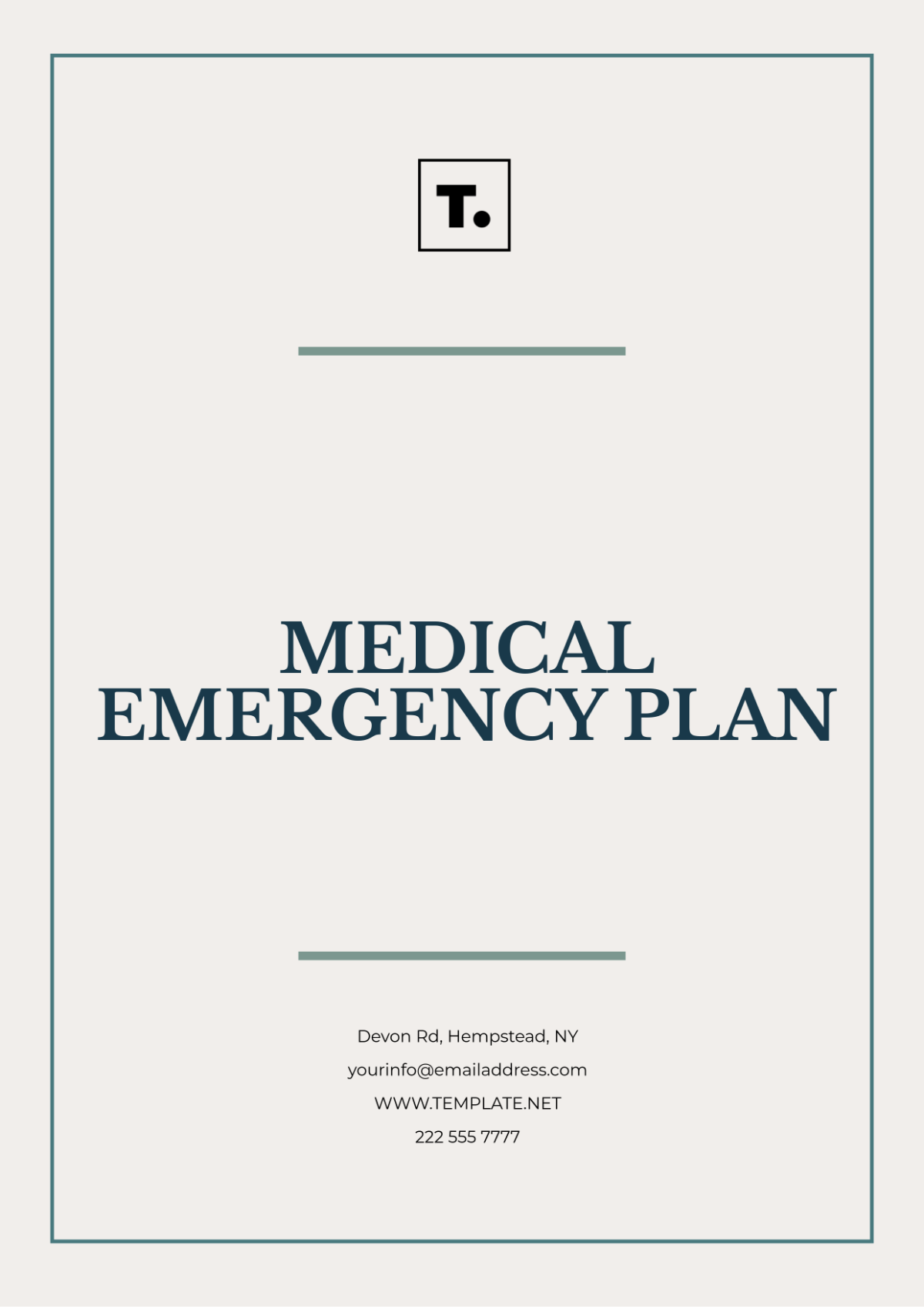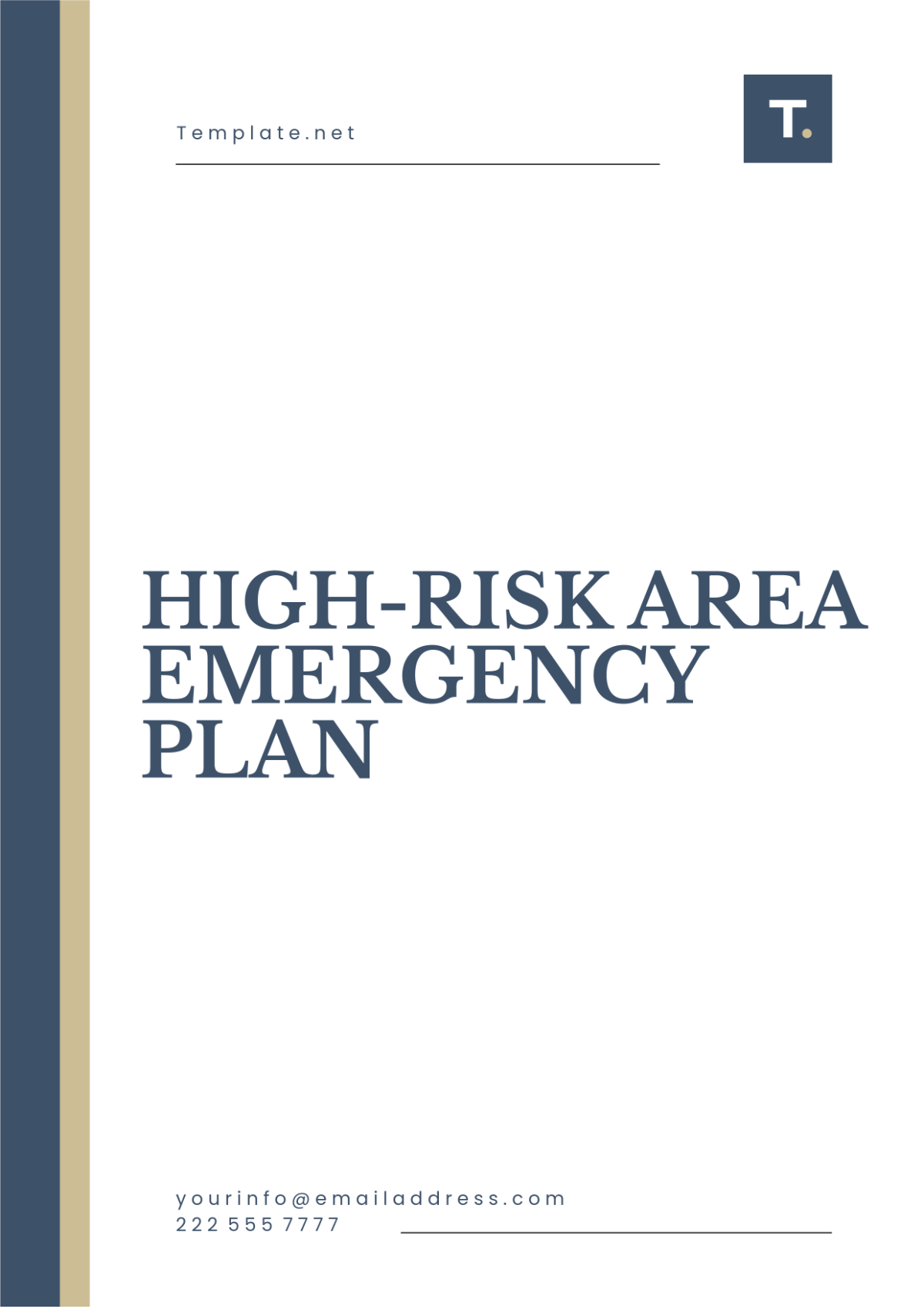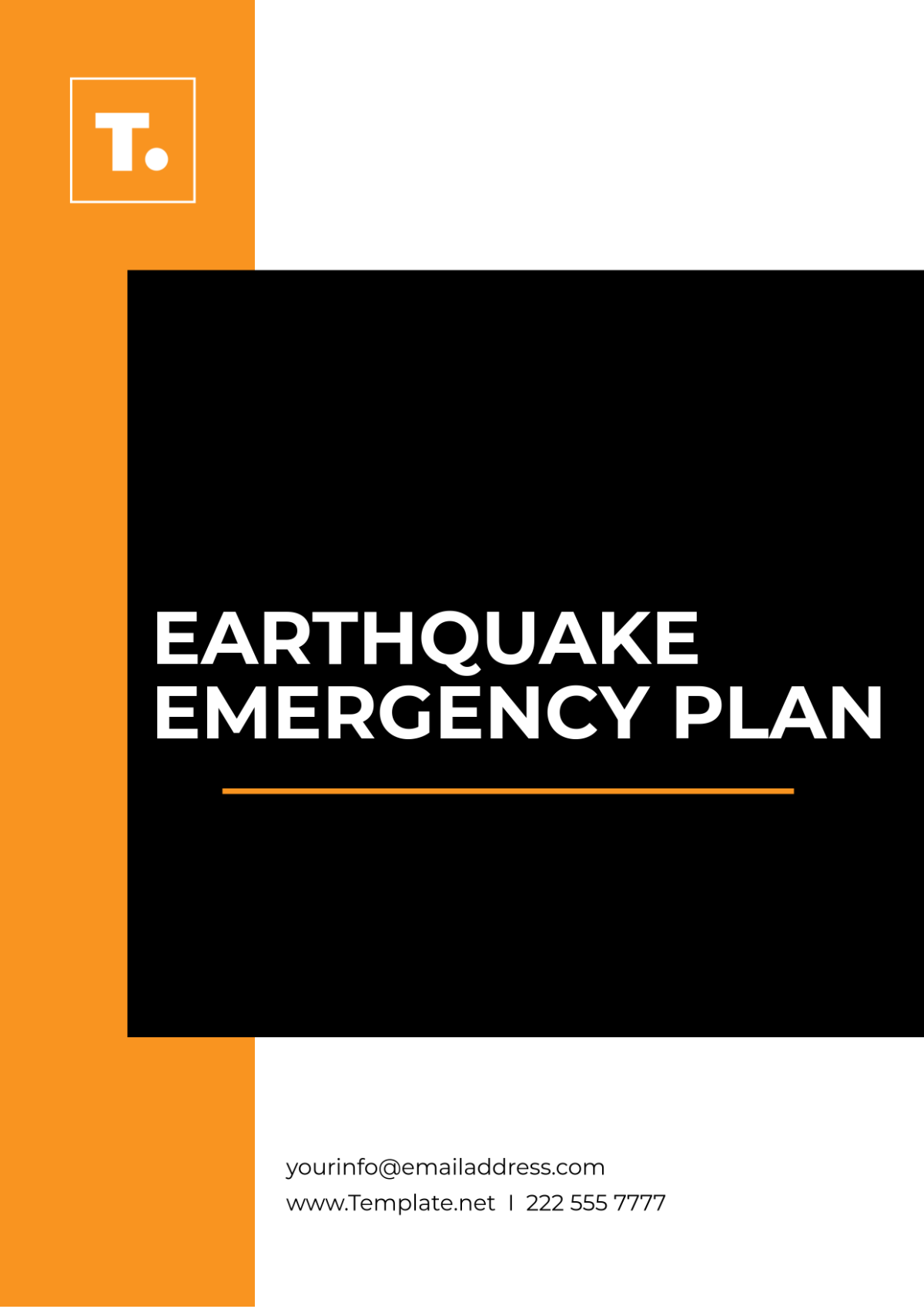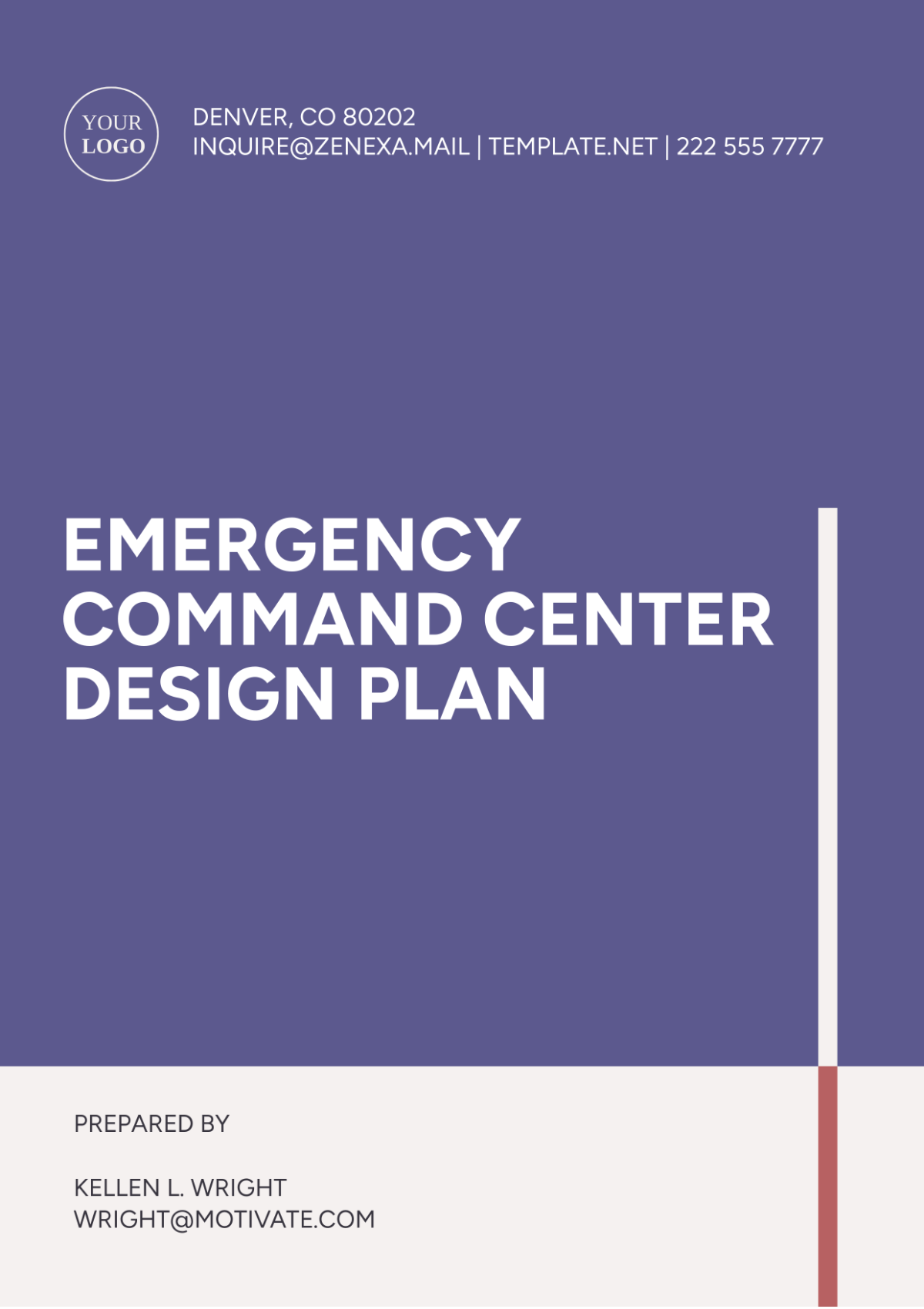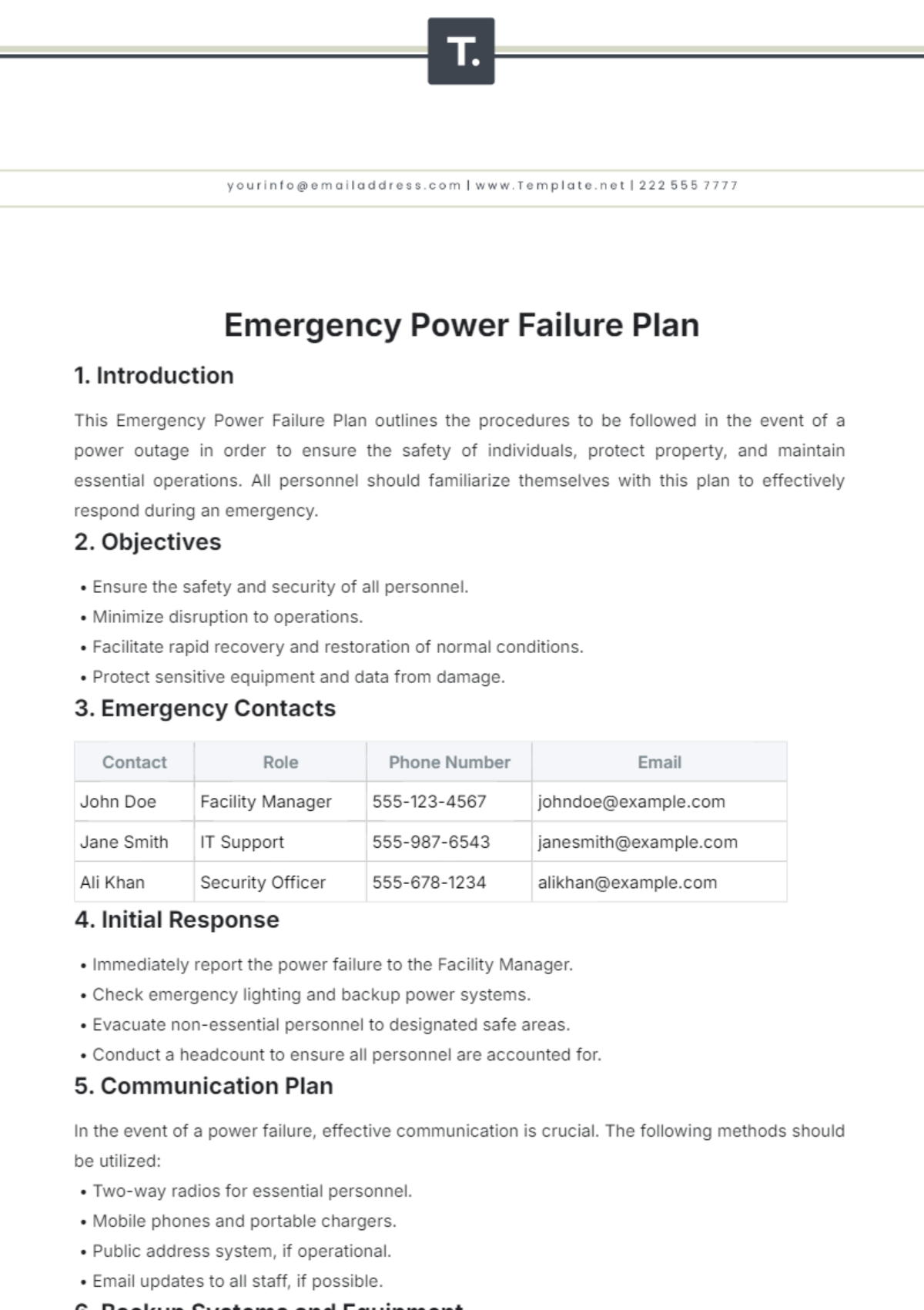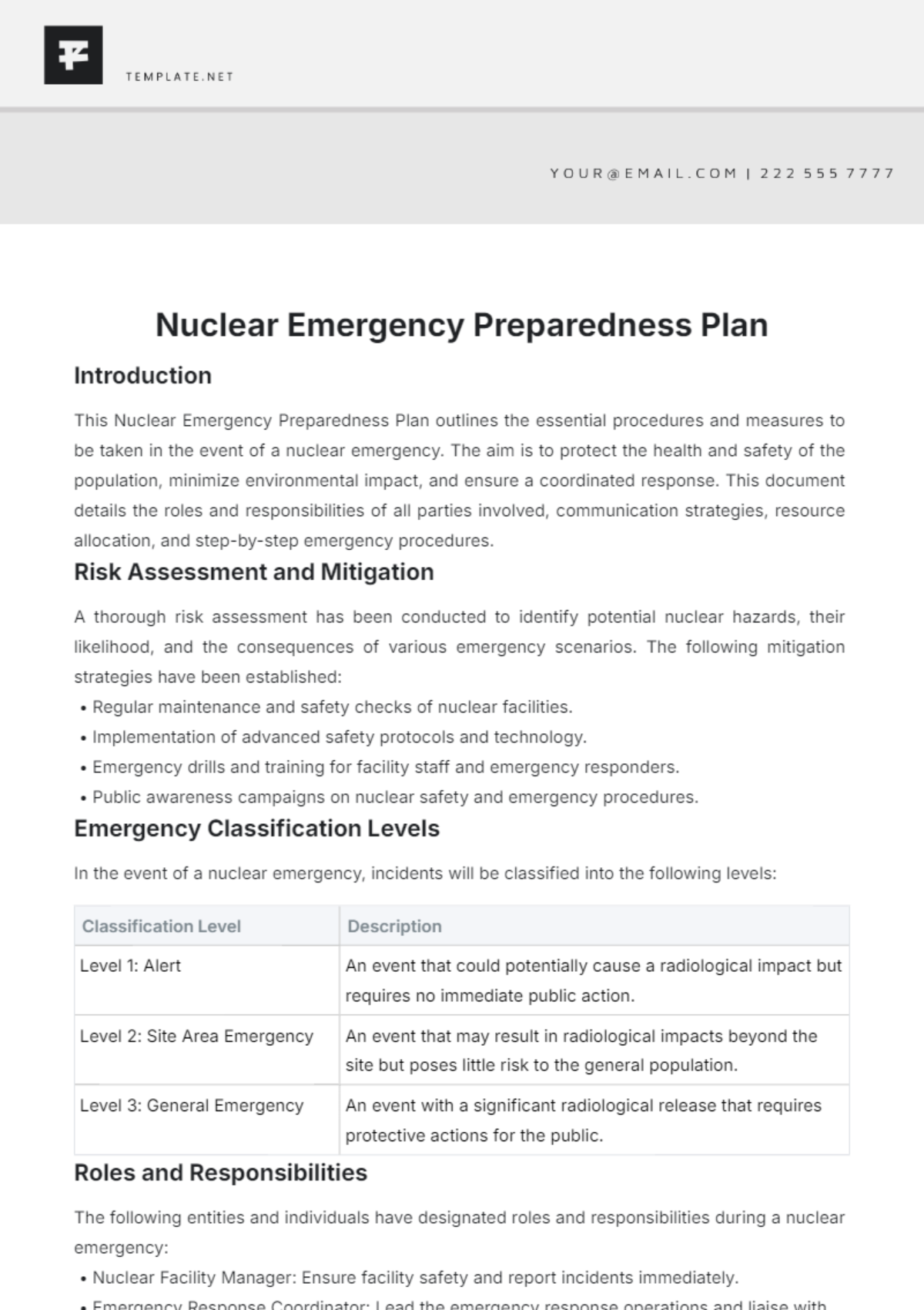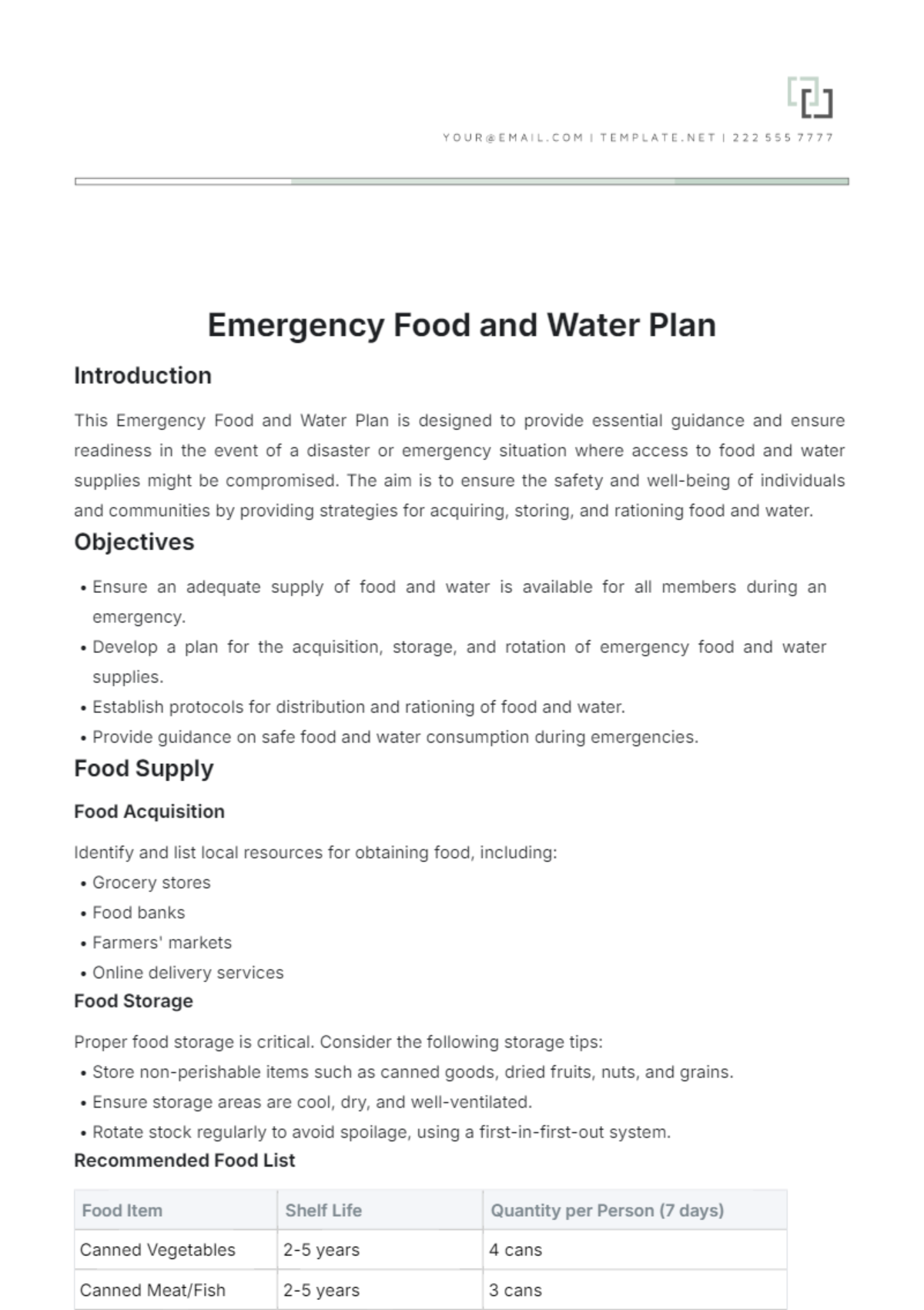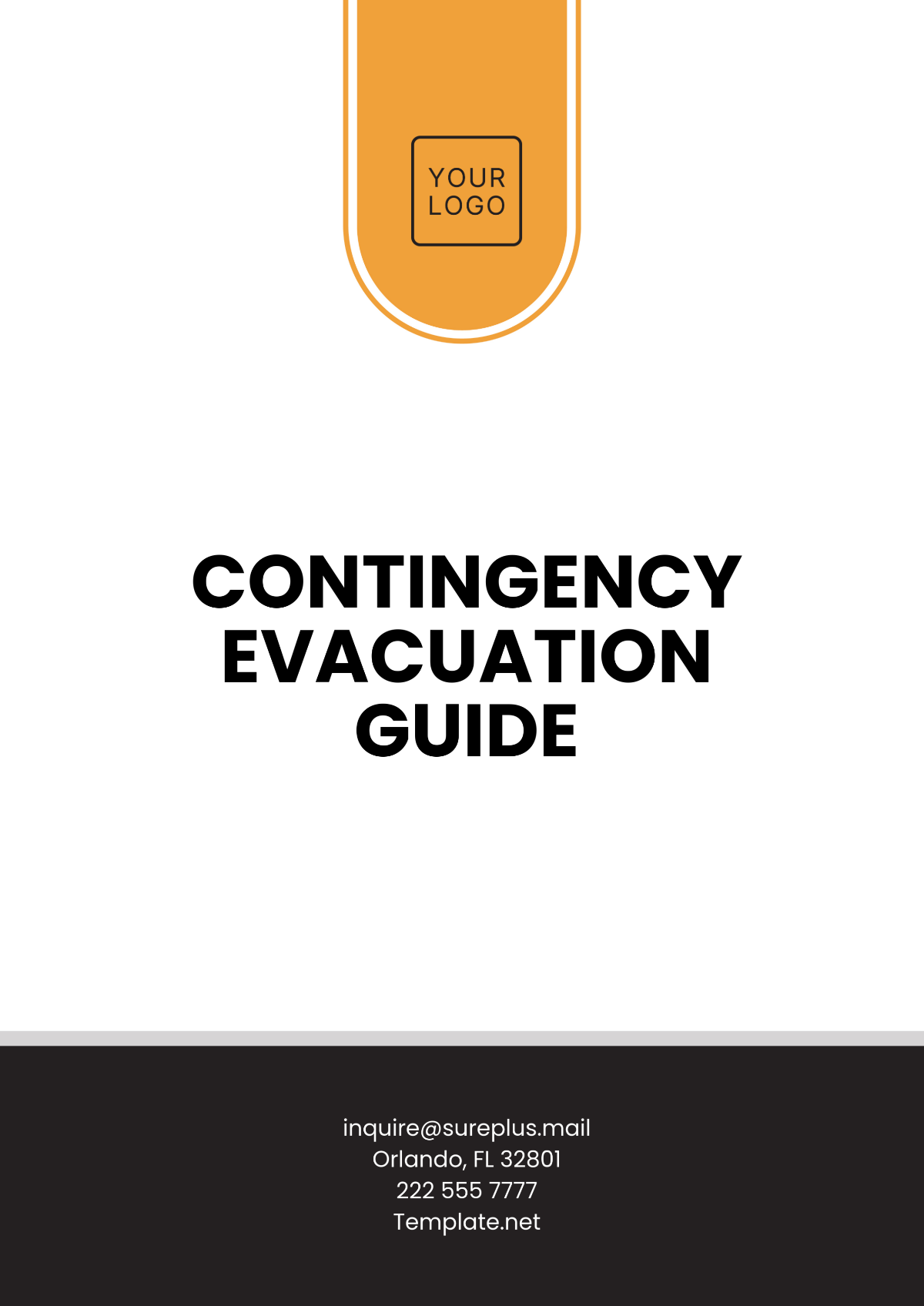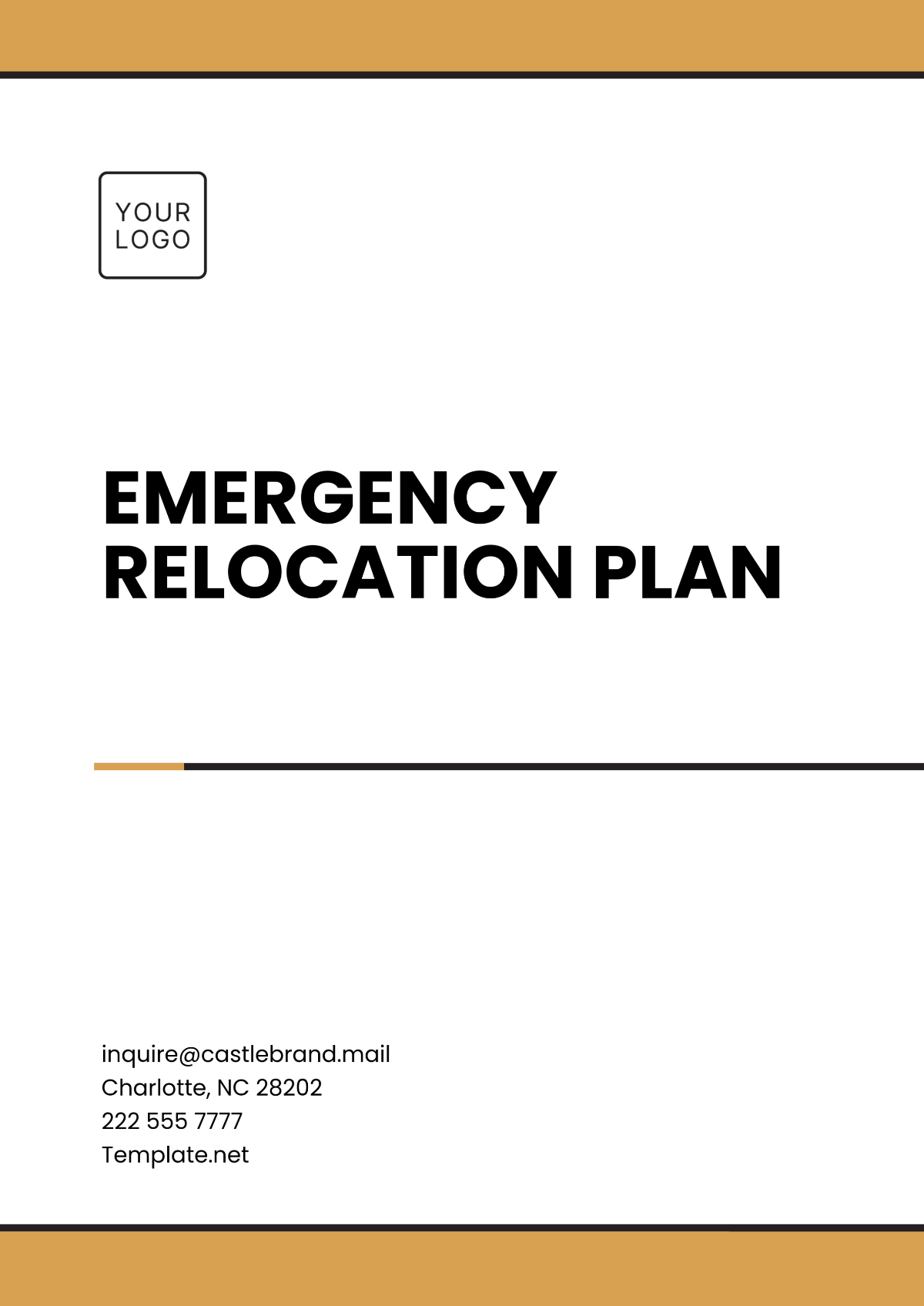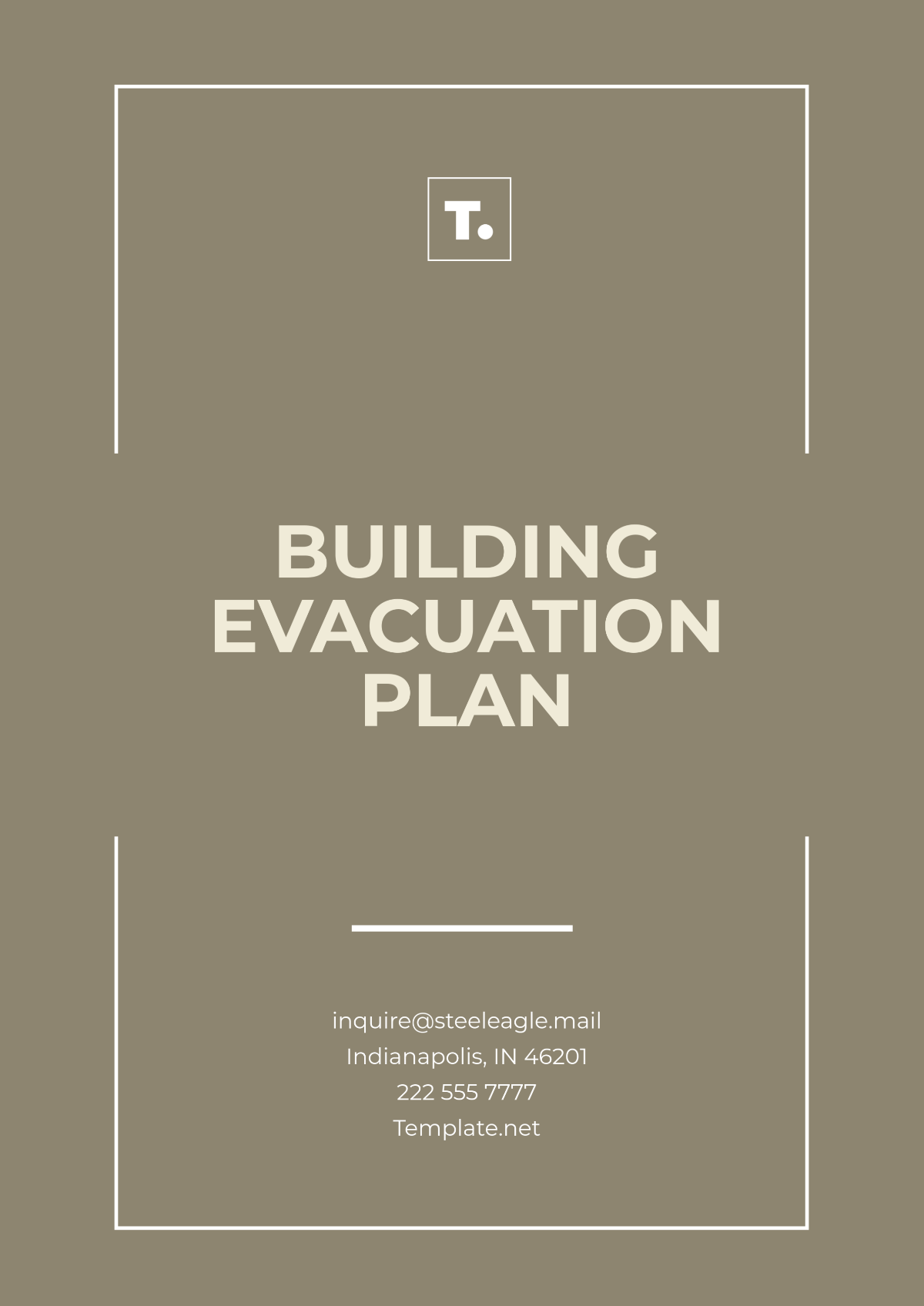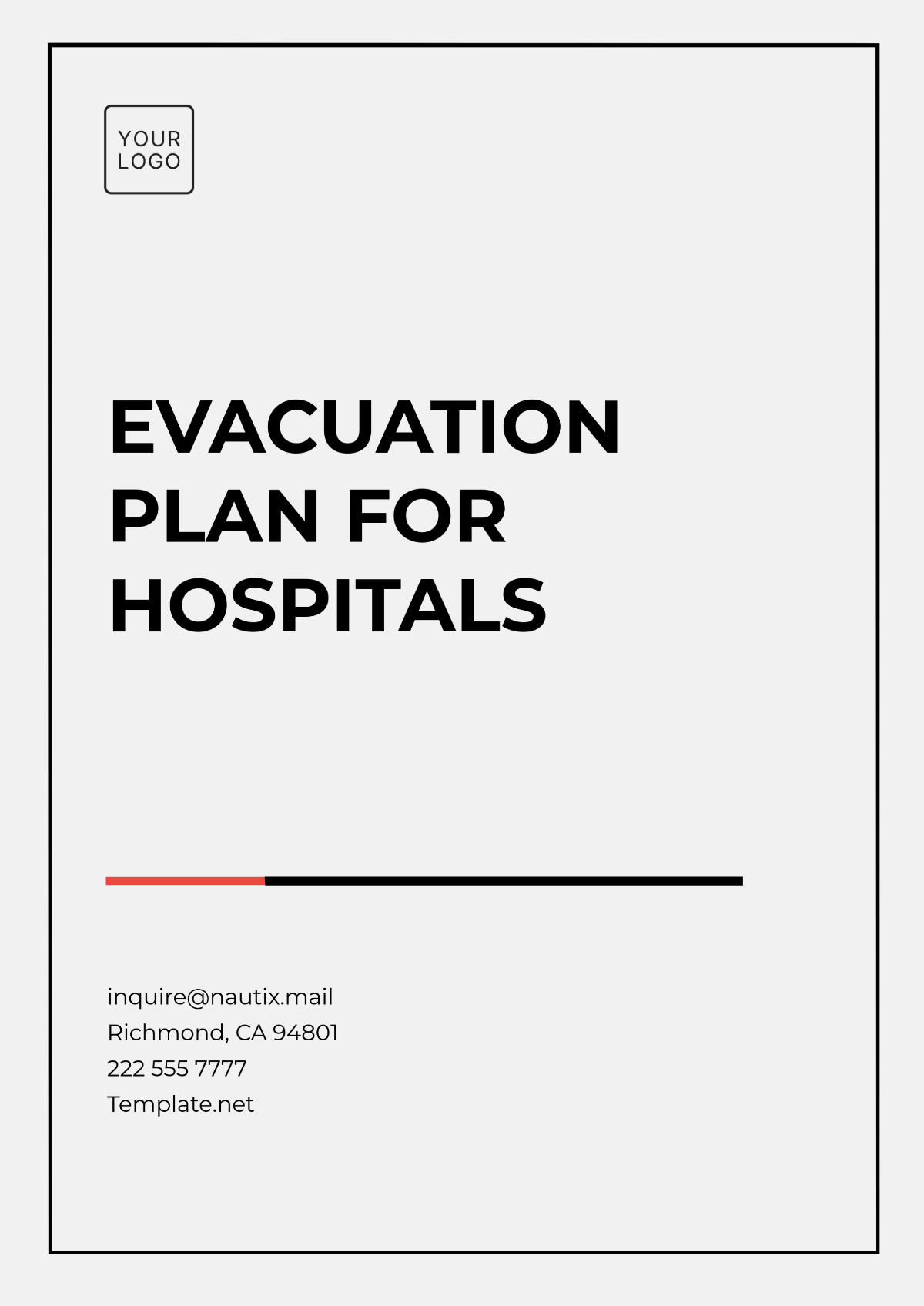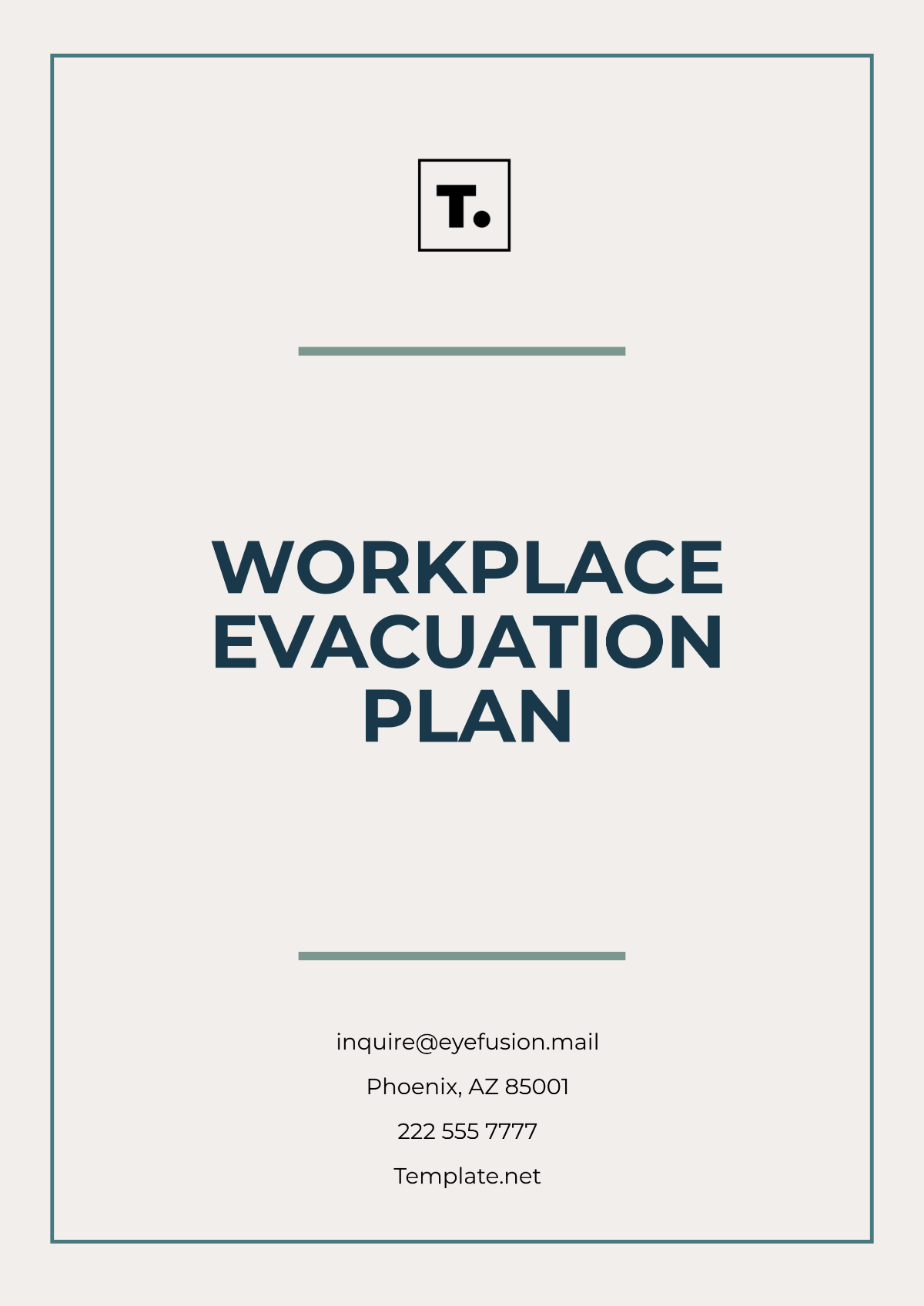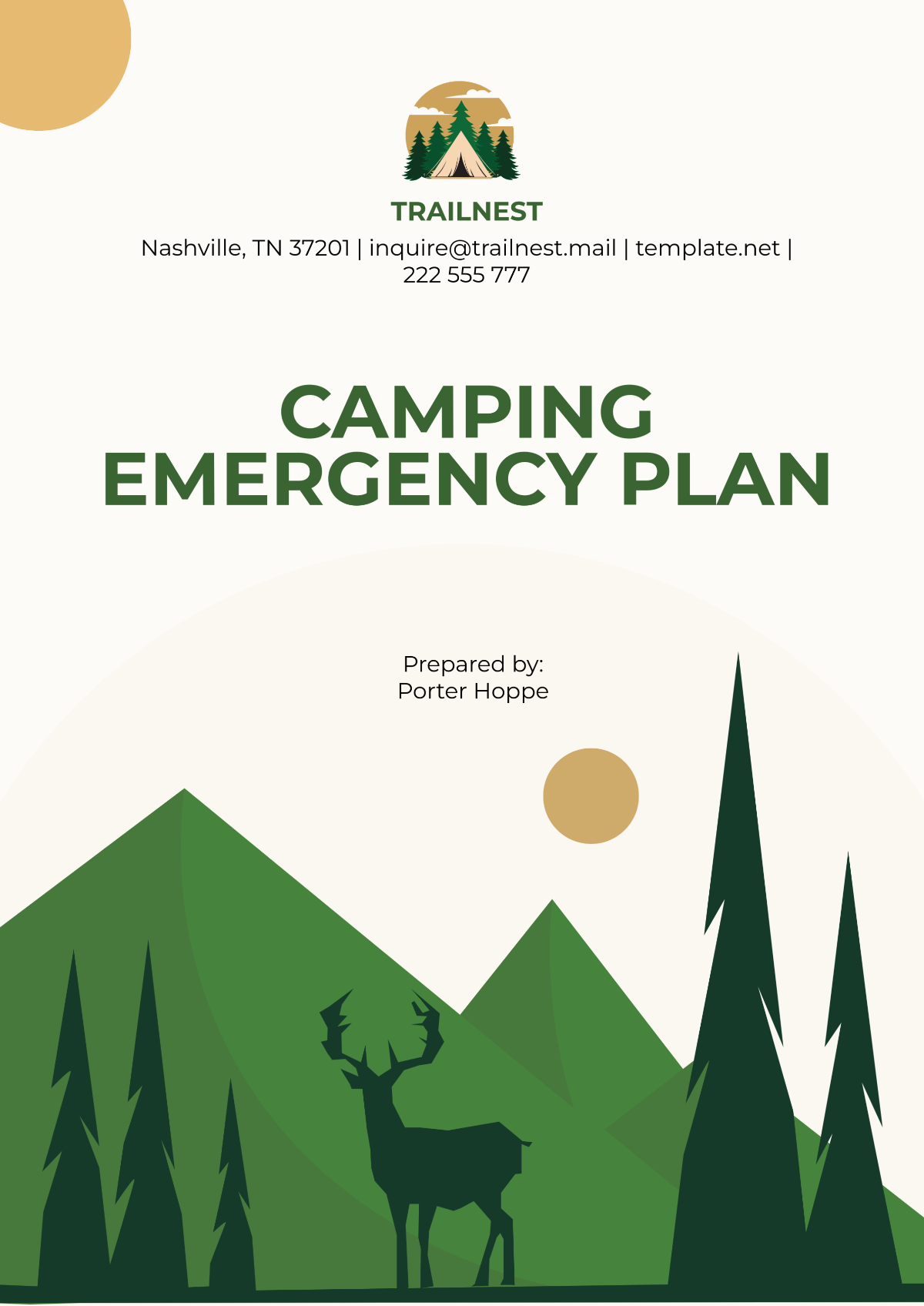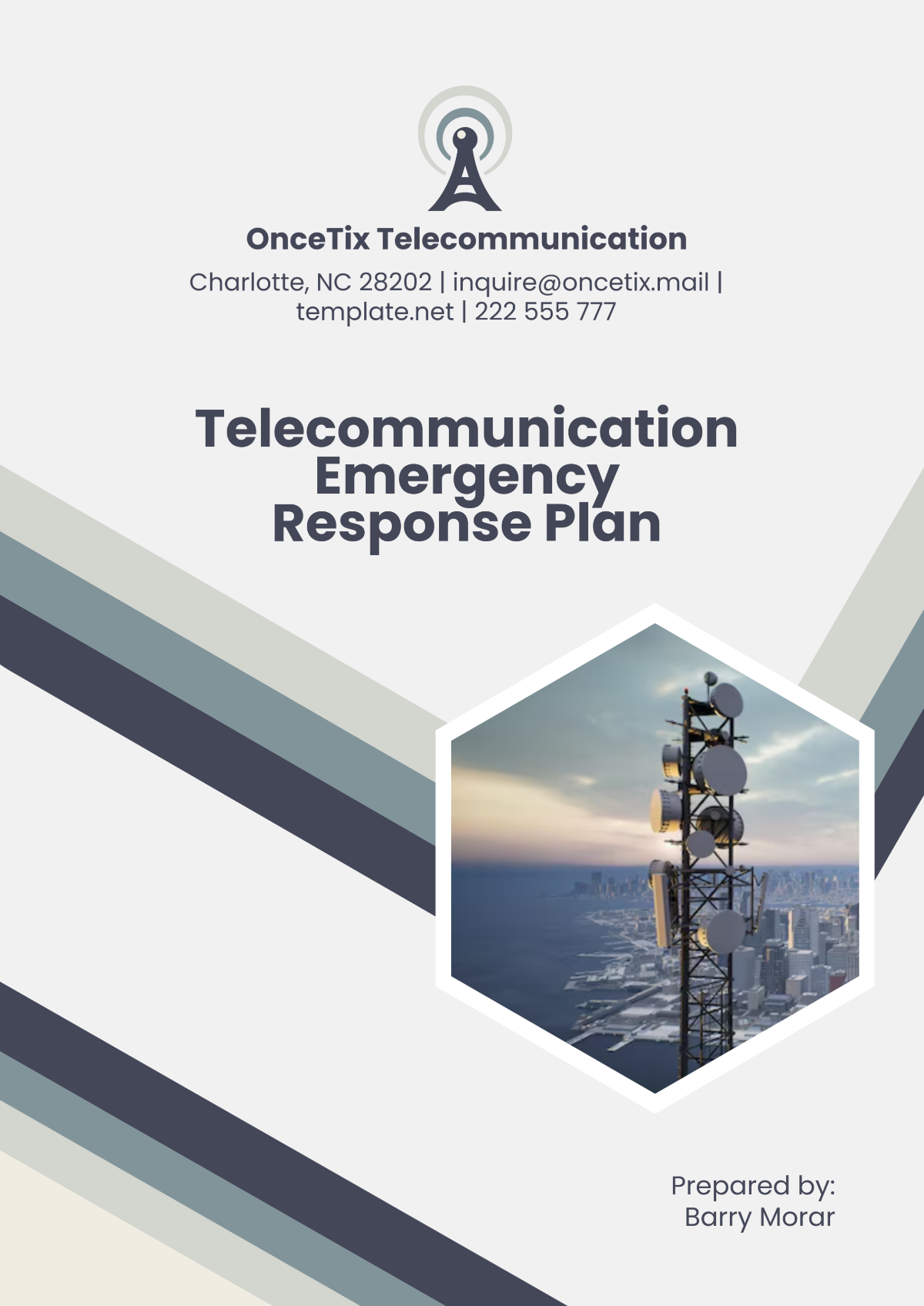Emergency Response Plan Development
Introduction
Overview of Emergency Response Planning
Emergency response planning is an integral part of ensuring safety and preparedness in any organization. This process involves a comprehensive approach to dealing with unexpected incidents that pose a threat to the organization and its stakeholders. Effective emergency response planning not only mitigates risks but also ensures a quick and efficient reaction to emergencies, thereby minimizing potential harm and disruptions to operations.
Purpose and Scope of the Plan
The purpose of this Emergency Response Development Plan is to establish a structured and systematic approach to handling emergencies within [Your Company Name]. The scope of this plan covers all potential emergencies that could impact the organization, its employees, clients, and physical assets. This includes, but is not limited to, natural disasters, man-made incidents, and health emergencies. The plan outlines the necessary steps and procedures for preparedness, response, recovery, and mitigation.
Definitions and Key Terms
Emergency: Any unforeseen event that requires immediate action to protect lives, preserve public health, and protect property.
Response Team: A group of designated individuals within the organization who are trained and responsible for implementing emergency response procedures.
Evacuation Plan: A pre-determined strategy for safely exiting a building or area in response to an emergency.
Identification of Potential Emergencies
Natural Disasters
Types and Precautions
Earthquake: Buildings must adhere to earthquake-resistant standards, and employees should be trained in "Drop, Cover, and Hold On" procedures.
Flood: A flood response plan including evacuation routes and safe zones should be established, especially if the organization is in a flood-prone area.
Man-made Incidents
Types and Precautions
Fire: Regular fire drills and maintenance of fire extinguishers and alarms are essential. A clear evacuation procedure should be in place.
Chemical Spill: Proper storage of hazardous materials and training in spill response procedures are necessary.
Health Emergencies
Pandemic Preparedness
Infectious Disease Outbreak: Policies for vaccination, hygiene practices, remote working, and communication strategies should be developed to handle a pandemic situation.
Table 1: Summary of Identified Risks and Impacts
Type of Emergency | Potential Impact | Precautionary Measures |
Earthquake | Structural damage, injuries | Earthquake-resistant infrastructure, training |
Flood | Property damage, disruption of operations | Evacuation routes, safe zones |
Fire | Injuries, property damage | Fire drills, maintenance of safety equipment |
Chemical Spill | Health hazards, environmental damage | Proper storage, spill response training |
Infectious Disease Outbreak | Health risks, absenteeism | Vaccination policies, hygiene practices |
Risk Assessment and Impact Analysis
Methodology for Risk Assessment
Risk assessment in the context of emergency response involves evaluating the potential hazards that could affect the organization and estimating their impact. This process is conducted by a team of experts, including safety officers, operations managers, and external consultants. The methodology includes identifying hazards, assessing the likelihood of occurrence, evaluating the potential impact on the organization, and prioritizing the risks based on these factors.
Table 2: Summary of Identified Risks and Impacts
Risk Factor | Likelihood | Impact Level | Priority |
Earthquake | Moderate | High | High |
Flood | Low | Medium | Medium |
Fire | High | High | High |
Chemical Spill | Low | High | Medium |
Pandemic | Moderate | High | High |
Priority Setting for Emergency Scenarios
The prioritization of emergency scenarios is based on a combination of their likelihood and potential impact. High-priority risks, such as fires and earthquakes, which have a high likelihood and impact, are addressed with more immediate and comprehensive response strategies. Medium-priority risks are monitored and prepared for with appropriate measures, while low-priority risks are reviewed periodically.
Emergency Response Team Structure
Roles and Responsibilities
The Emergency Response Team (ERT) plays a crucial role in managing and executing the response plan. The team is comprised of:
Team Leader: Oversees all emergency response activities and makes critical decisions.
Safety Officer: Ensures that all emergency procedures adhere to safety regulations.
Communications Officer: Manages internal and external communications during an emergency.
Medical Officer: Provides medical expertise and coordinates first aid and medical responses.
Logistics Officer: Ensures that resources and equipment are available and ready for use.
Table 3: Emergency Response Team Contact Information
Role | Name | Contact Number | Email Address |
Team Leader | [Your Name] | [Your Contact Number] | [Your Email] |
Safety Officer | [Your Name] | [Your Contact Number] | [Your Email] |
Communications Officer | [Your Name] | [Your Contact Number] | [Your Email] |
Medical Officer | [Your Name] | [Your Contact Number] | [Your Email] |
Logistics Officer | [Your Name] | [Your Contact Number] | [Your Email] |
Training and Competency Requirements
All members of the ERT are required to undergo regular training and certification in emergency management, first aid, crisis communication, and other relevant skills. This ensures that the team remains capable and prepared to effectively manage emergencies.
Communication Plan
Internal Communication Strategy
Effective internal communication is crucial in emergencies. The organization utilizes a multi-channel approach for disseminating information rapidly to all employees. This includes:
Email Alerts: For detailed information and updates.
SMS Broadcasts: For immediate alerts and instructions.
Intranet Announcements: For ongoing updates and resources.
Public Address System: For real-time instructions in the facility.
Each channel is tested regularly to ensure reliability during emergencies.
External Communication with Public and Stakeholders
Maintaining clear communication with external stakeholders is also essential. The approach includes:
Press Releases: For public statements and updates.
Social Media Updates: For real-time information sharing.
Direct Communication: To key stakeholders and partners via phone or email.
A dedicated team manages external communications to ensure consistency and accuracy of information.
Emergency Contact Information and Protocols
Main Emergency Contact: 24/7 hotline for employees and stakeholders to report emergencies or seek information.
Media Inquiries: Designated spokesperson and contact information for media relations.
Stakeholder Communication: Regular updates to investors, partners, and other key stakeholders.
Table 4: Communication Channels and Purposes
Communication Channel | Purpose | Responsible Team |
Email Alerts | Detailed updates and guidance | Internal Communications |
SMS Broadcasts | Immediate alerts | Emergency Response Team |
Intranet Announcements | Ongoing updates and resources | IT Department |
Public Address System | Real-time instructions | Facility Management |
Resource Management
Inventory of Available Resources
Effective resource management is vital for emergency response. The organization maintains an inventory of resources such as:
Emergency Kits: First aid supplies, flashlights, batteries, etc.
Evacuation Equipment: Signage, emergency lights, and assembly point supplies.
Communication Devices: Radios, phones, and other communication tools.
Table 5: Resource Allocation and Accessibility
Resource Type | Quantity | Location | Access Control |
Emergency Kits | 50 | Various strategic points | Restricted |
Evacuation Equipment | 30 sets | Main and secondary exits | Open Access |
Communication Devices | 40 units | ERT Office, Main Office | Restricted |
Arrangements for Additional Resources
In case of resource shortages, the organization has agreements with local suppliers and emergency services to quickly procure additional resources such as:
Medical Supplies: From local hospitals and pharmacies.
Food and Water: From local vendors and suppliers.
Temporary Shelters: Arrangements with nearby facilities for emergency accommodation.
These arrangements are reviewed annually to ensure their effectiveness and reliability.
Emergency Response Procedures
Evacuation Plan
Routes and Assembly Points
Evacuation Routes: Clearly marked and regularly inspected routes are established in all areas of the facility. Evacuation maps are posted in strategic locations.
Assembly Points: Designated safe areas outside the building are identified for gathering post-evacuation. These areas are marked and known to all employees.
Medical Emergency Procedures
First Aid: All departments have access to a first aid kit, and a selected group of employees receive regular training in basic first aid and CPR.
Emergency Medical Services (EMS) Contact: Procedures for contacting EMS are established, including designated employees to make emergency calls.
Procedure for Specific Scenarios
Fire: Includes immediate evacuation, activation of fire alarms, and usage of fire extinguishers by trained personnel.
Chemical Spill: Involves containment, notification of the hazardous response team, and evacuation if necessary.
Table 6: Emergency Procedures Overview
Emergency Type | Initial Action | Responsible Team | Further Steps |
Fire | Activate alarm, evacuate | All Employees | Fire Department Notification |
Chemical Spill | Contain if safe, notify | Hazardous Response Team | Evacuation, External Agency Contact |
Medical | First aid, call EMS | Trained First Aiders | Medical Team Assessment |
Coordination with External Agencies
Collaboration with Local Emergency Services
The organization maintains a strong working relationship with local fire, police, and emergency medical services. This includes regular meetings, shared training sessions, and joint emergency drills.
Agreements with External Support Services
Agreements are in place with external agencies such as environmental cleanup services, medical facilities, and temporary staffing agencies to provide support during and after an emergency.
Table 7: List of External Agencies and Contact Information
Agency Type | Name | Contact Number | Service Provided |
Fire Department | City Fire Services | 123-456-7895 | Fire Response, Rescue Operations |
Police Department | City Police | 123-456-7896 | Security, Order Maintenance |
Medical Services | Local Hospital | 123-456-7897 | Medical Assistance, Ambulance |
Environmental | XYZ Environmental Services | 123-456-7898 | Spill Cleanup, Waste Management |
Training and Drills
Training Program for Employees
Annual Training: All employees participate in annual emergency response training, which includes evacuation procedures, first aid, fire safety, and specific scenario responses.
Specialized Training: Employees in critical roles receive additional training in areas such as crisis management, hazardous material handling, and advanced first aid.
Schedule and Types of Drills
Fire Drills: Conducted semi-annually to ensure familiarity with evacuation procedures.
Full-Scale Emergency Drills: Biennial drills simulating various emergency scenarios (e.g., earthquake, chemical spill) to test and improve the overall response strategy.
Evaluation and Feedback Mechanism
Post-drill evaluations are conducted to assess the effectiveness of the drills and identify areas for improvement.
Employee feedback is solicited to enhance future training and drill practices.
Table 8: Training and Drill Schedule
Drill Type | Frequency | Participants | Objectives |
Fire Drill | Semi-annually | All employees | Evacuation procedure efficiency |
Full-Scale Emergency | Biennially | Selected departments | Response to varied scenarios |
Review and Improvement
Schedule for Plan Review and Updates
The Emergency Response Development Plan is reviewed and updated annually to ensure its relevance and effectiveness. This includes incorporating lessons learned from drills and actual emergency events.
Mechanism for Incorporating Feedback
A structured feedback process is in place for employees and emergency response team members to provide input on the plan and its execution.
Regular meetings are held to discuss and implement feedback for continuous improvement.
Continuous Improvement Process
The organization commits to a culture of continuous improvement in emergency preparedness. This includes staying updated with the latest best practices, technologies, and regulatory requirements.
Conclusion
Summary of Key Components
This Emergency Response Development Plan provides a comprehensive framework for effectively managing and responding to various emergencies. It emphasizes the importance of preparedness, clear communication, resource management, and continuous training and improvement.
Commitment to Safety and Preparedness
[Your Company Name] is committed to ensuring the safety and well-being of its employees, clients, and stakeholders. This plan is a testament to our proactive approach to emergency preparedness and our dedication to maintaining a safe and secure environment.
Final Remarks
The successful implementation of this plan requires the cooperation and commitment of everyone in the organization. Together, we can ensure a resilient and responsive approach to any emergency situation.
